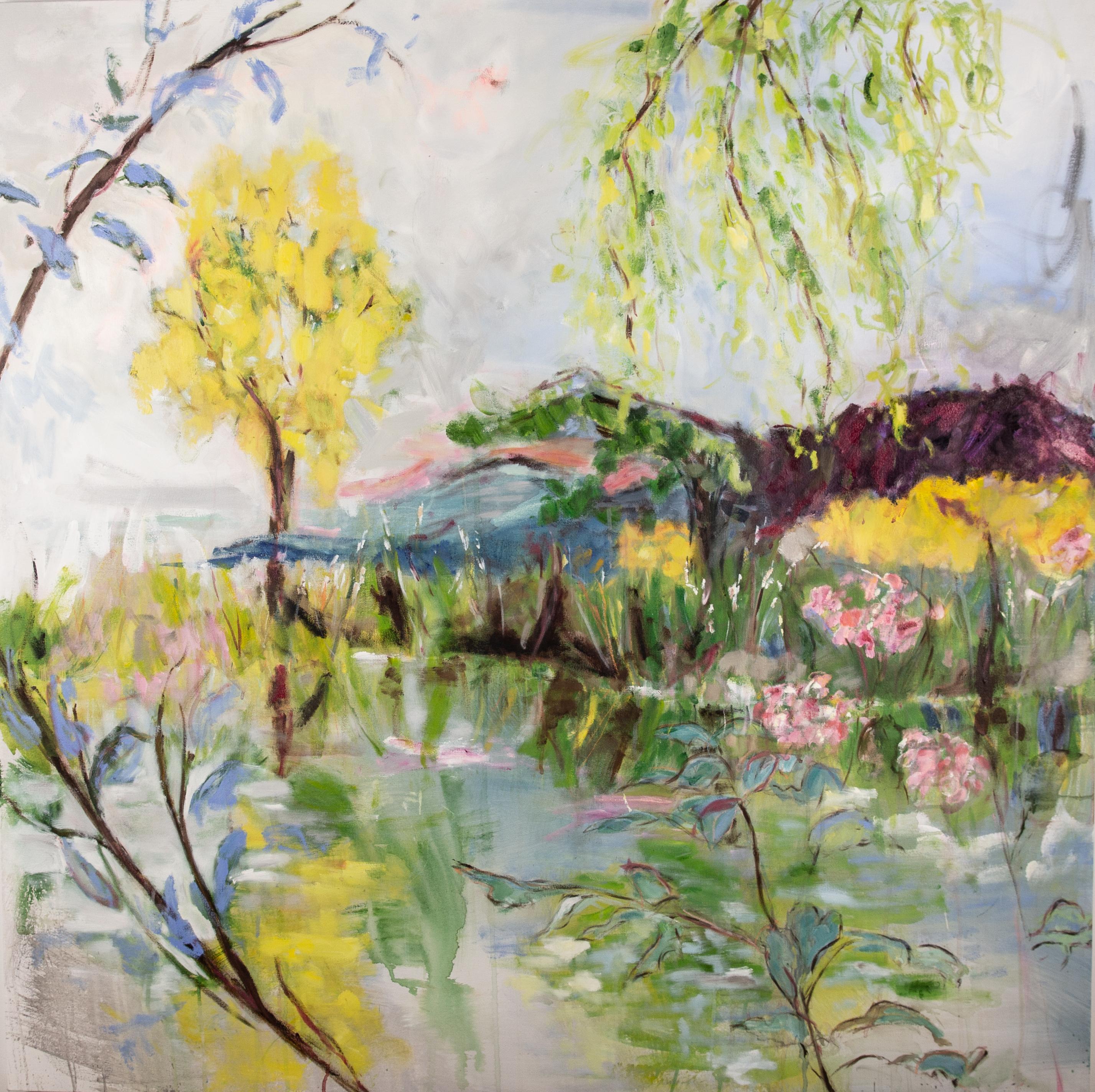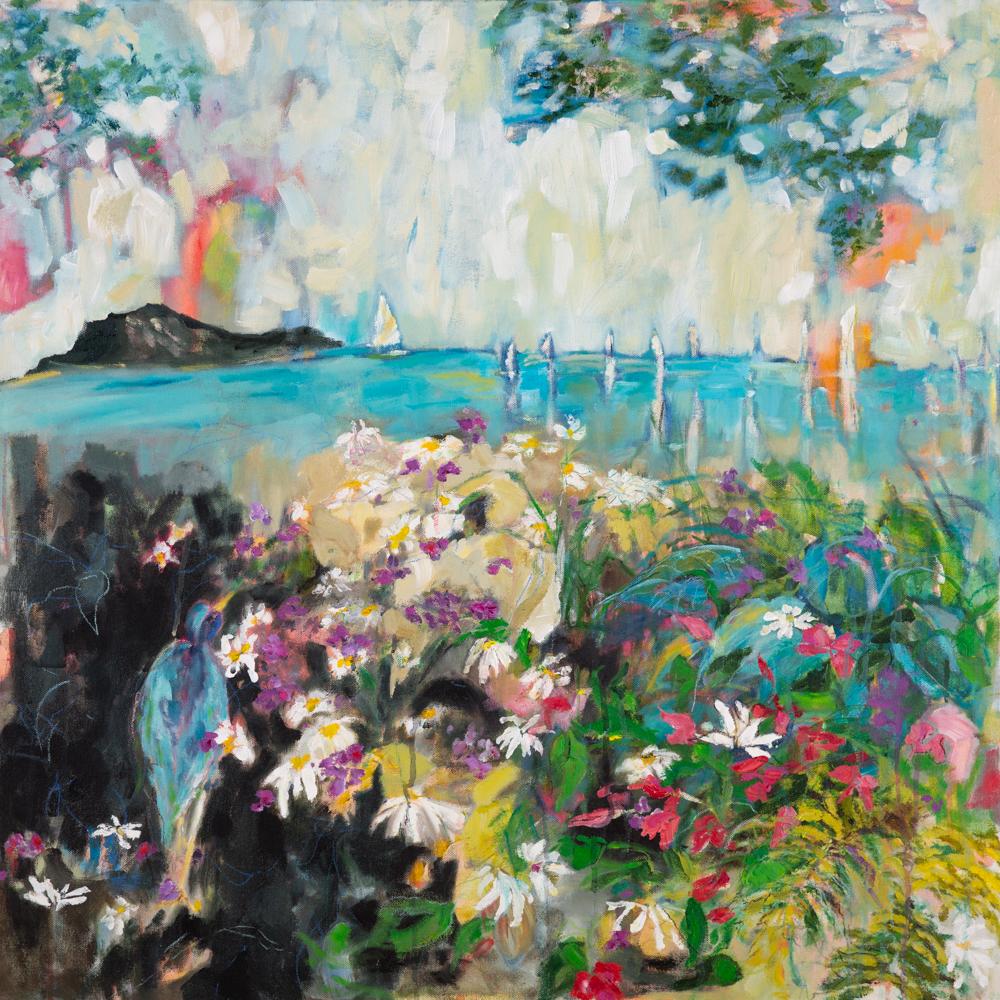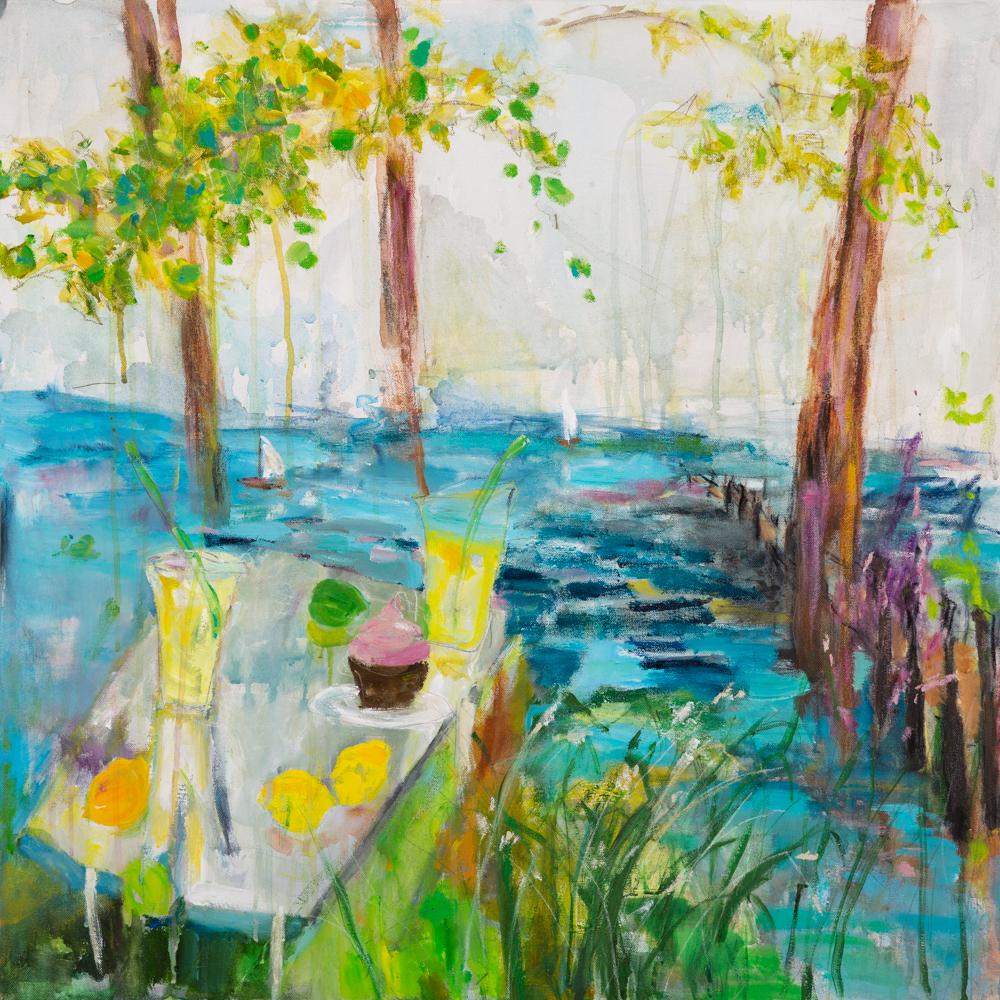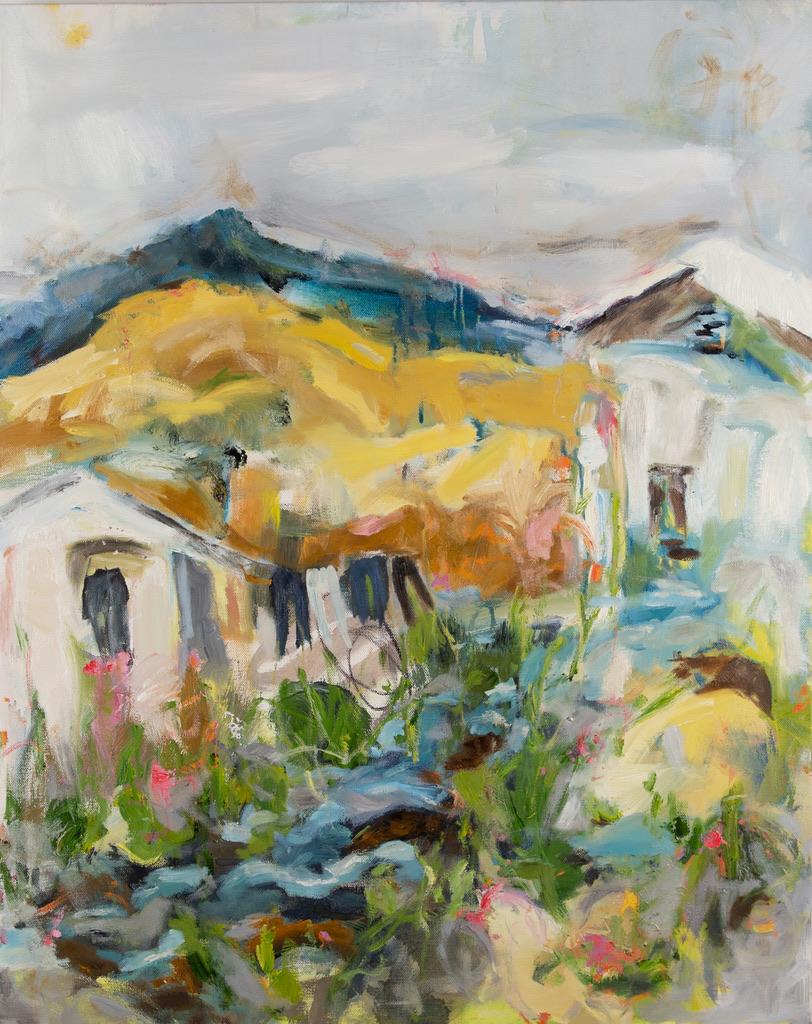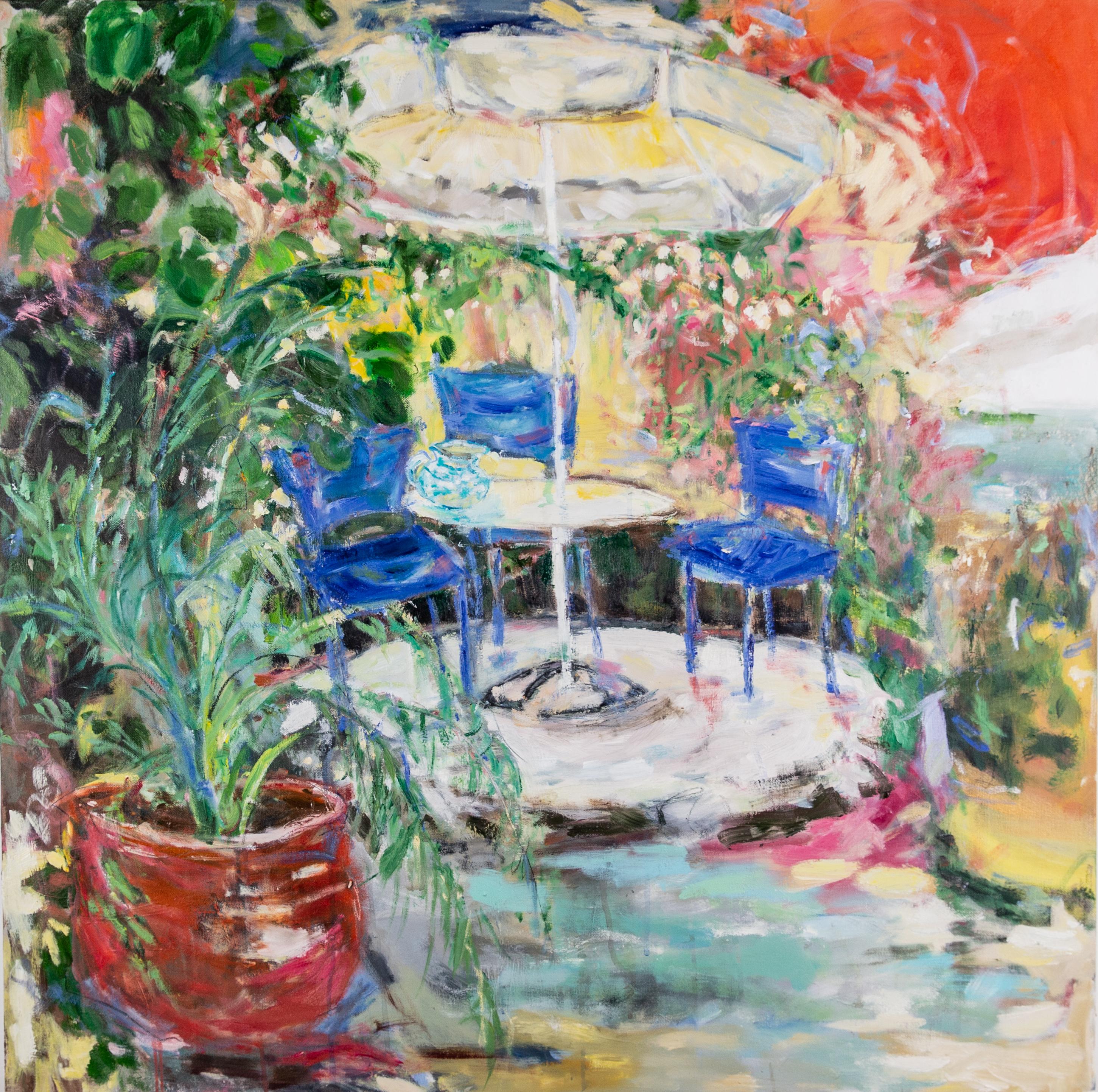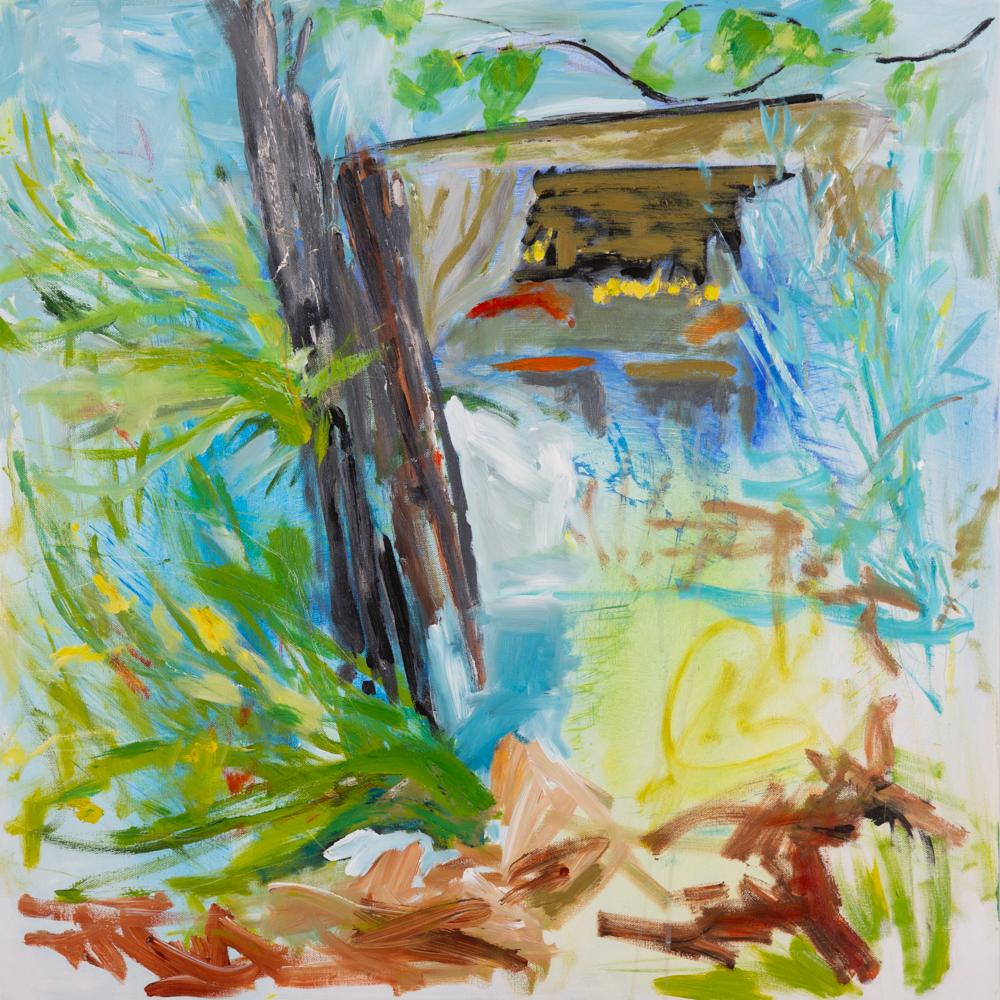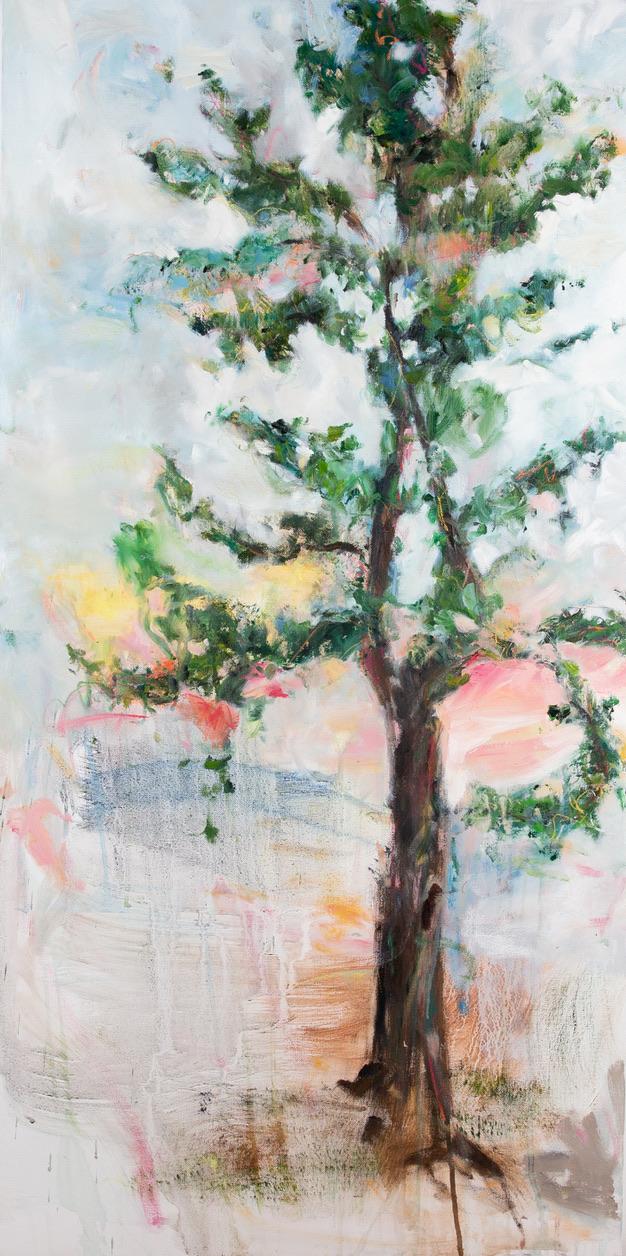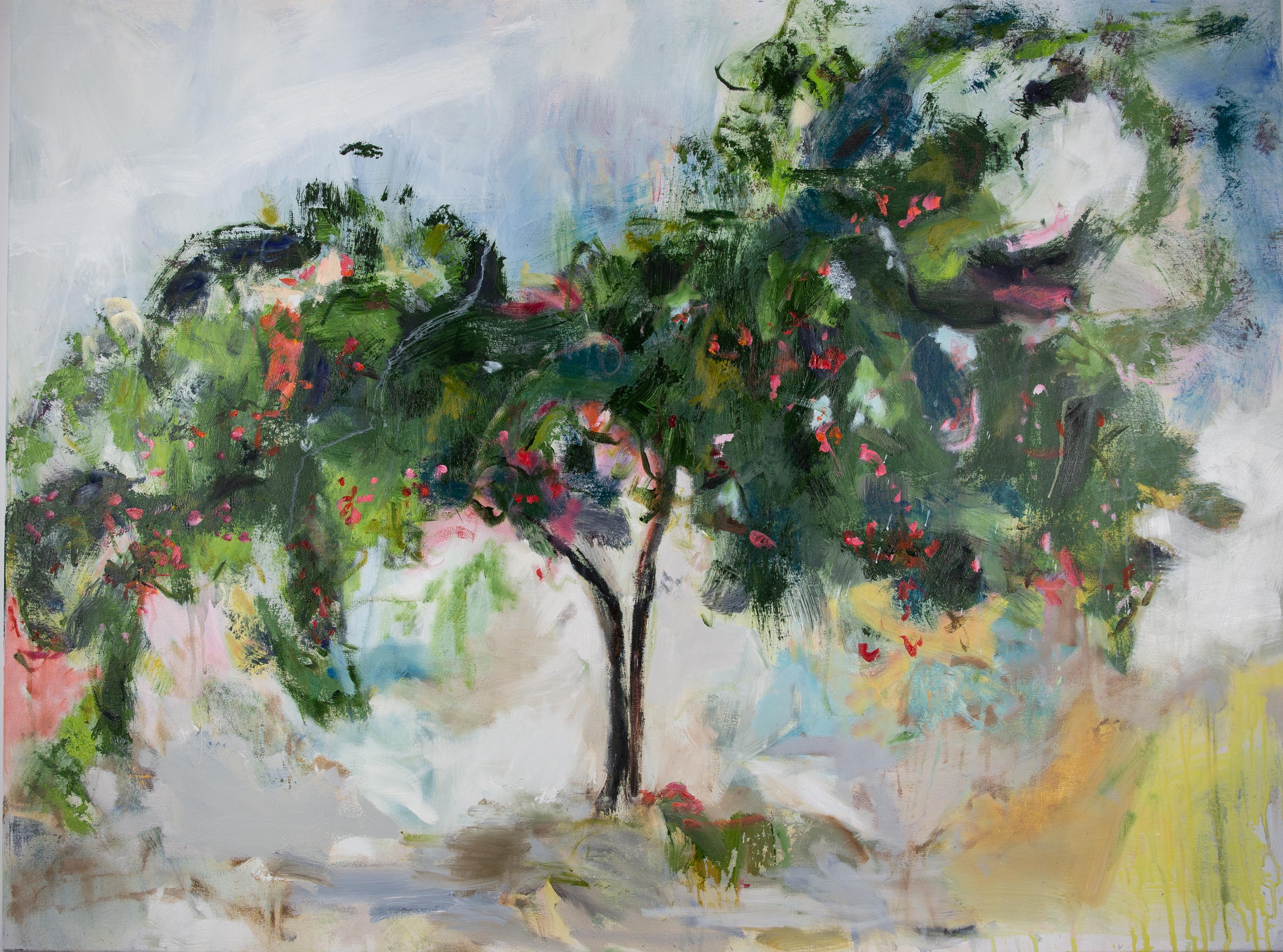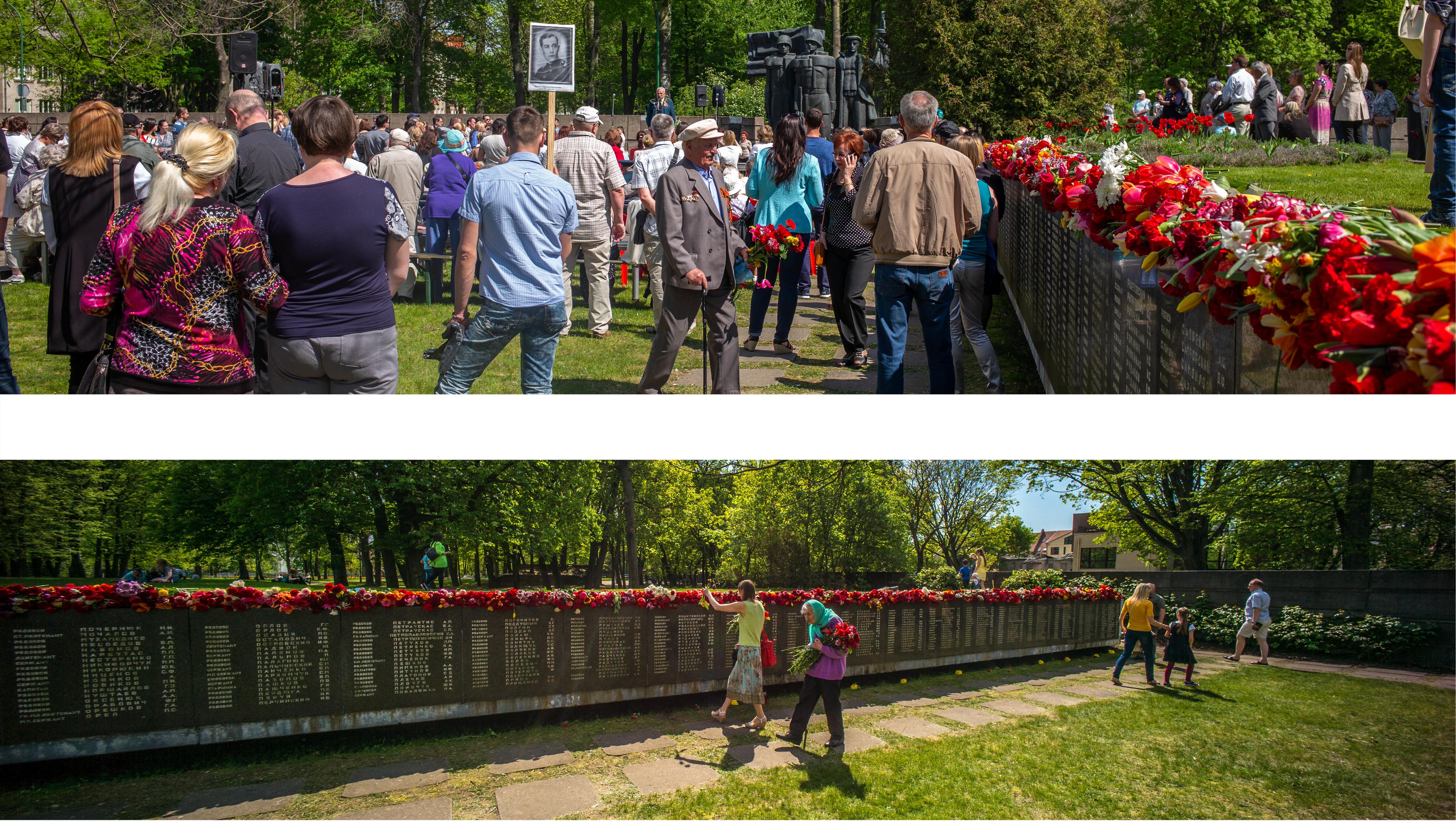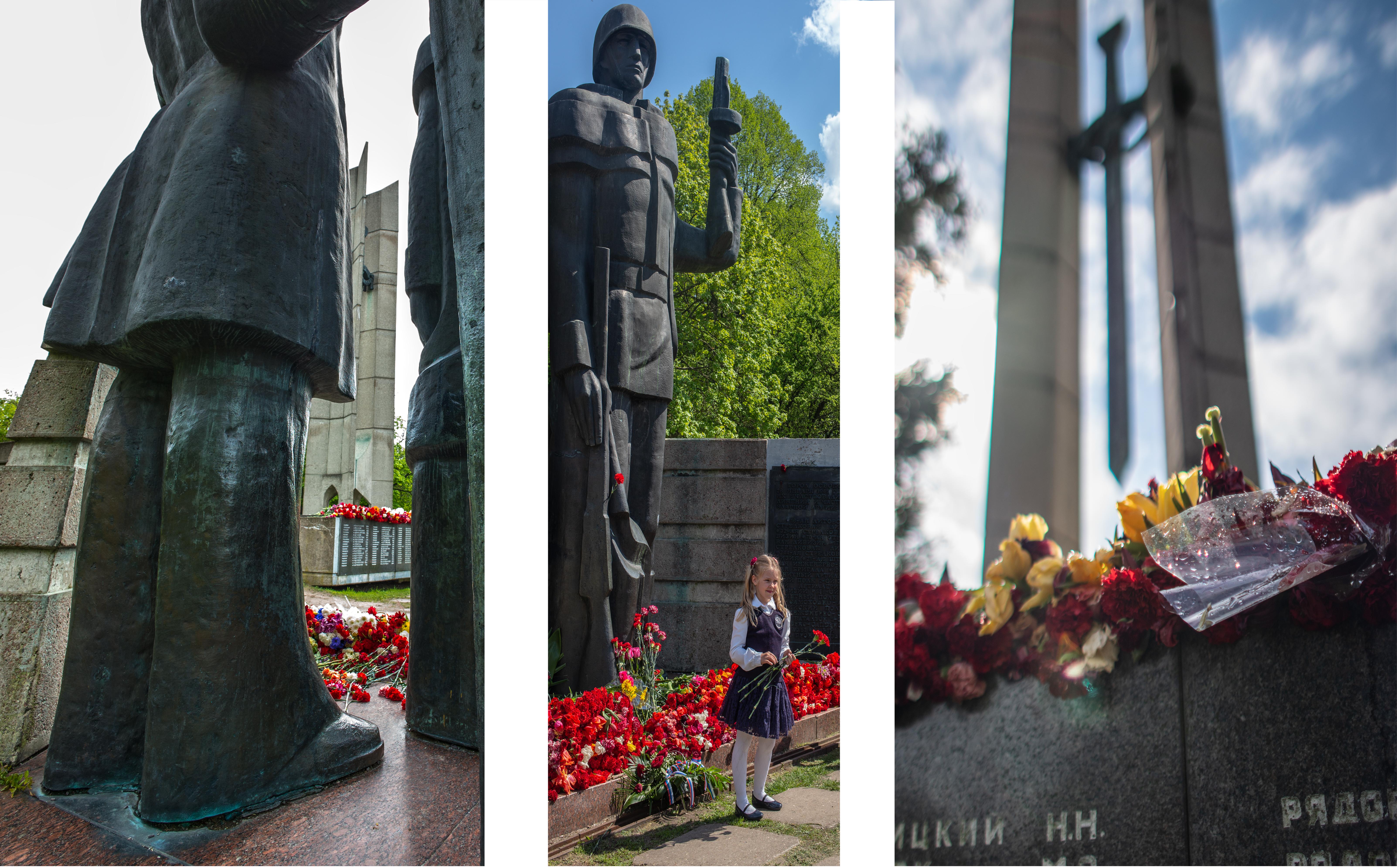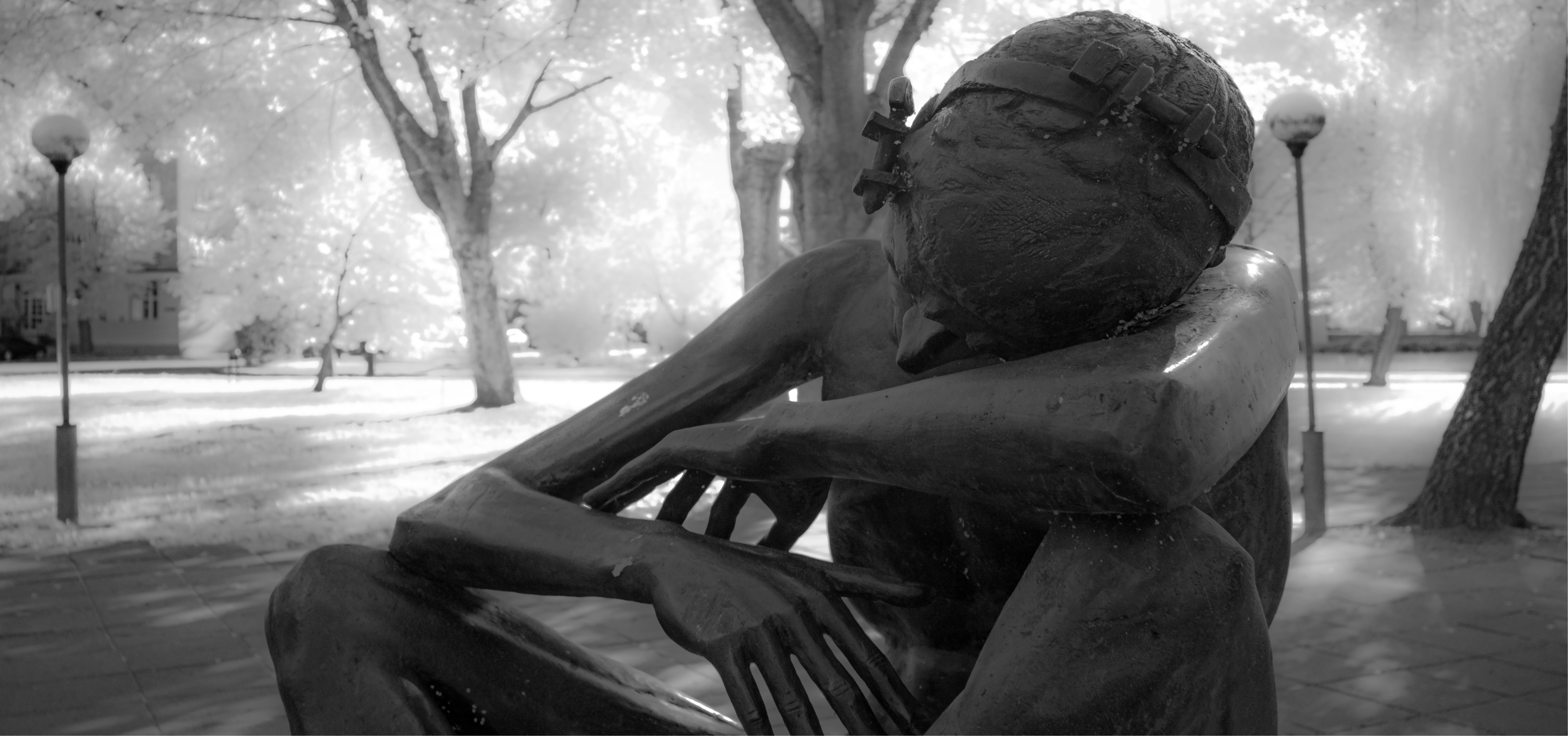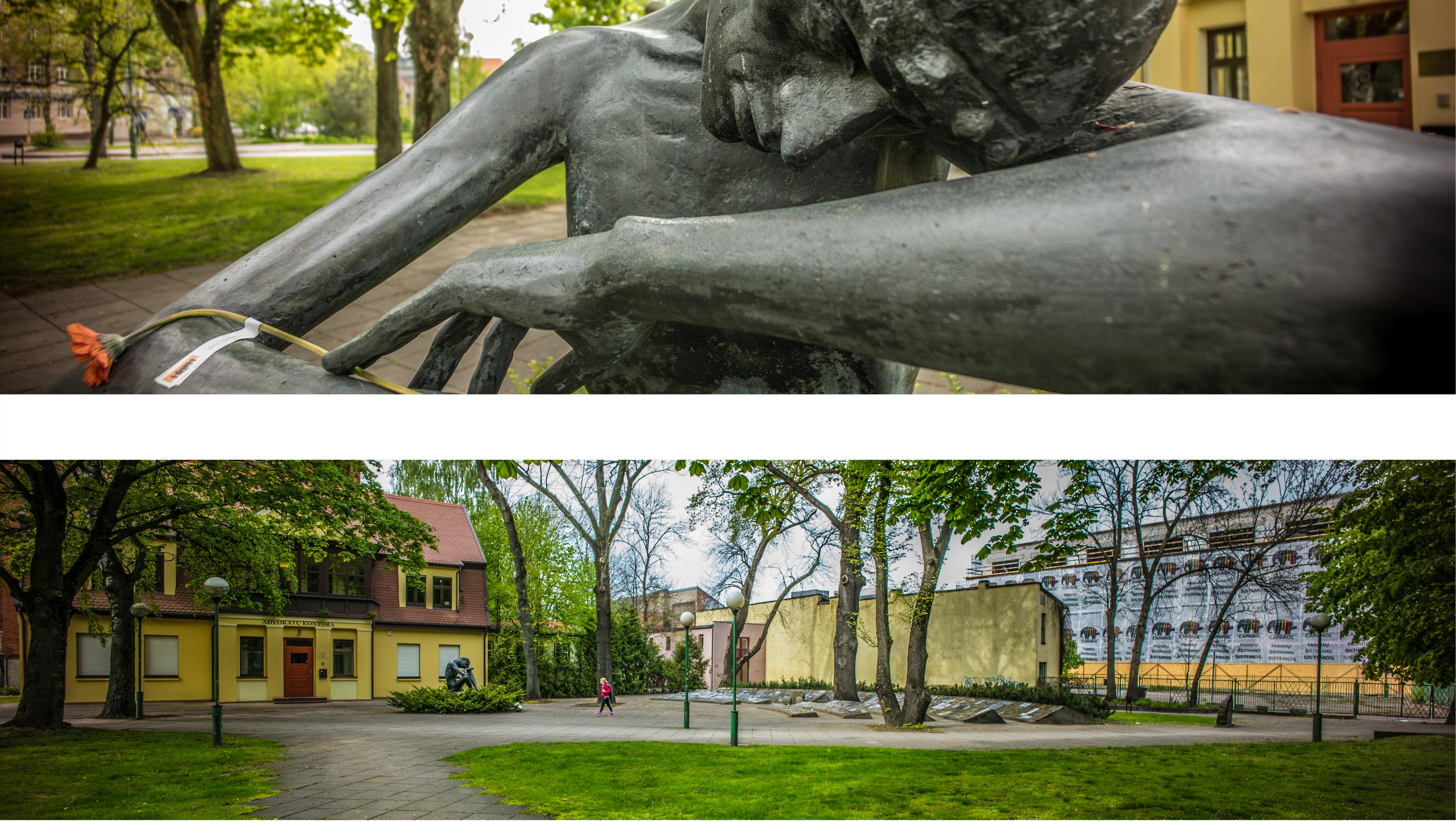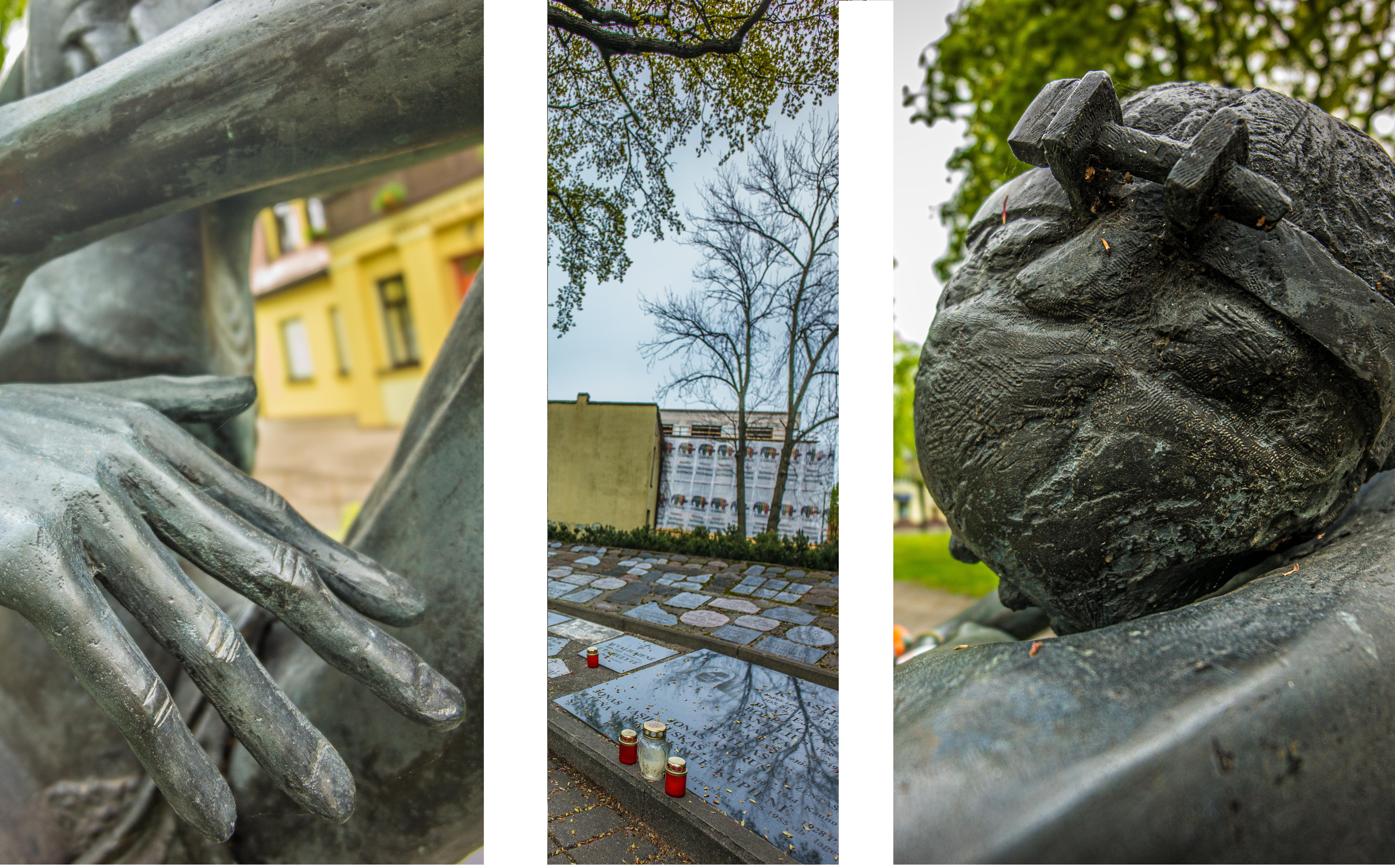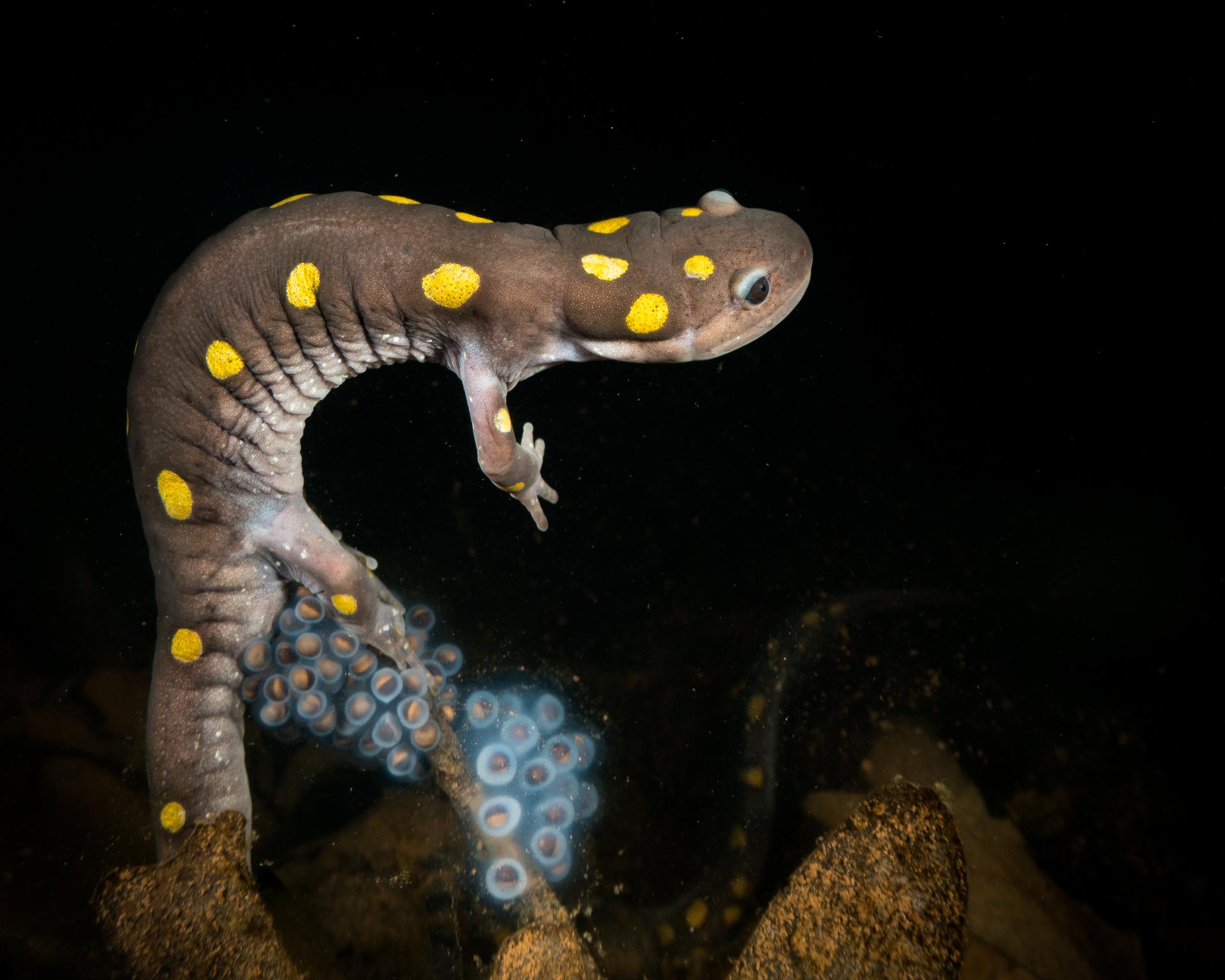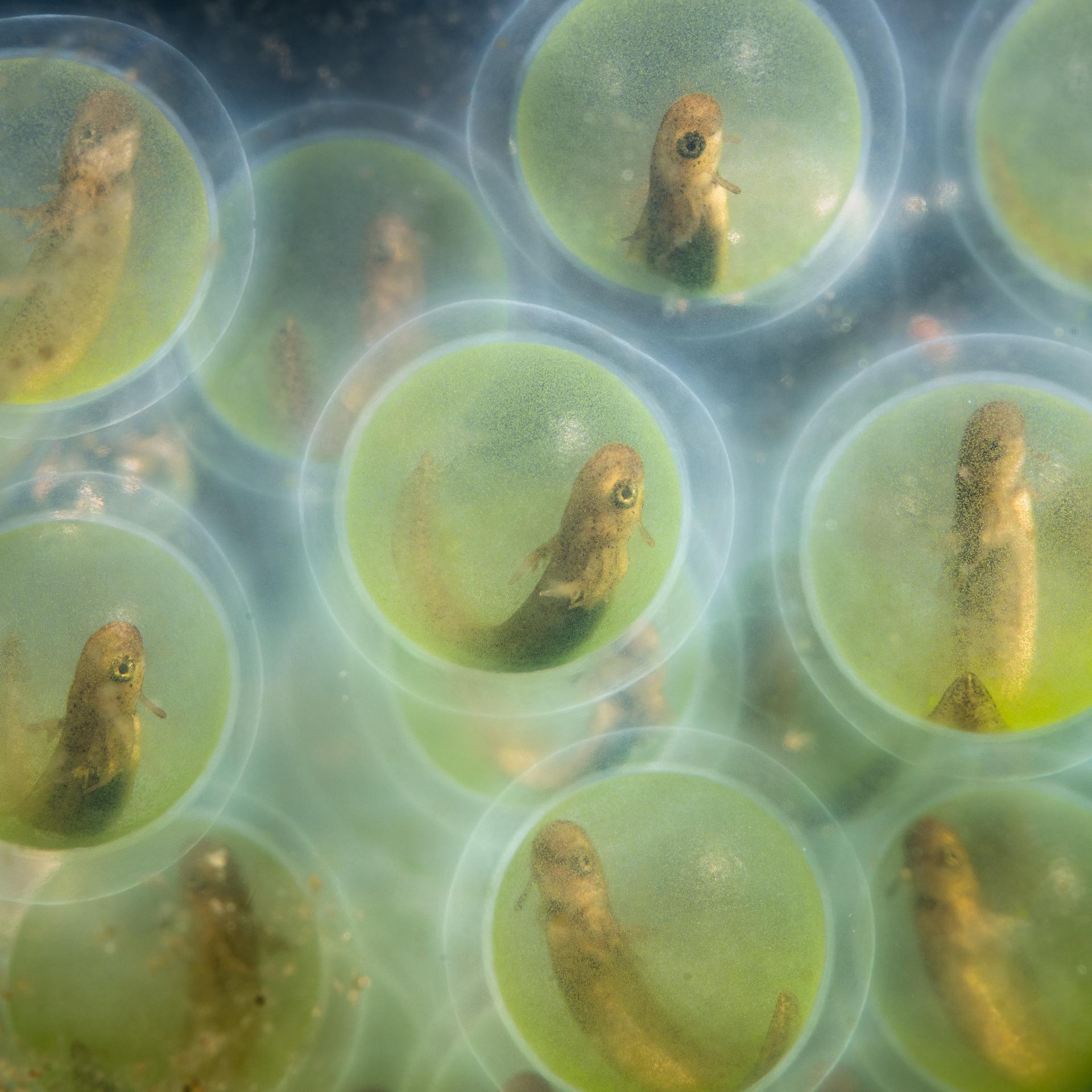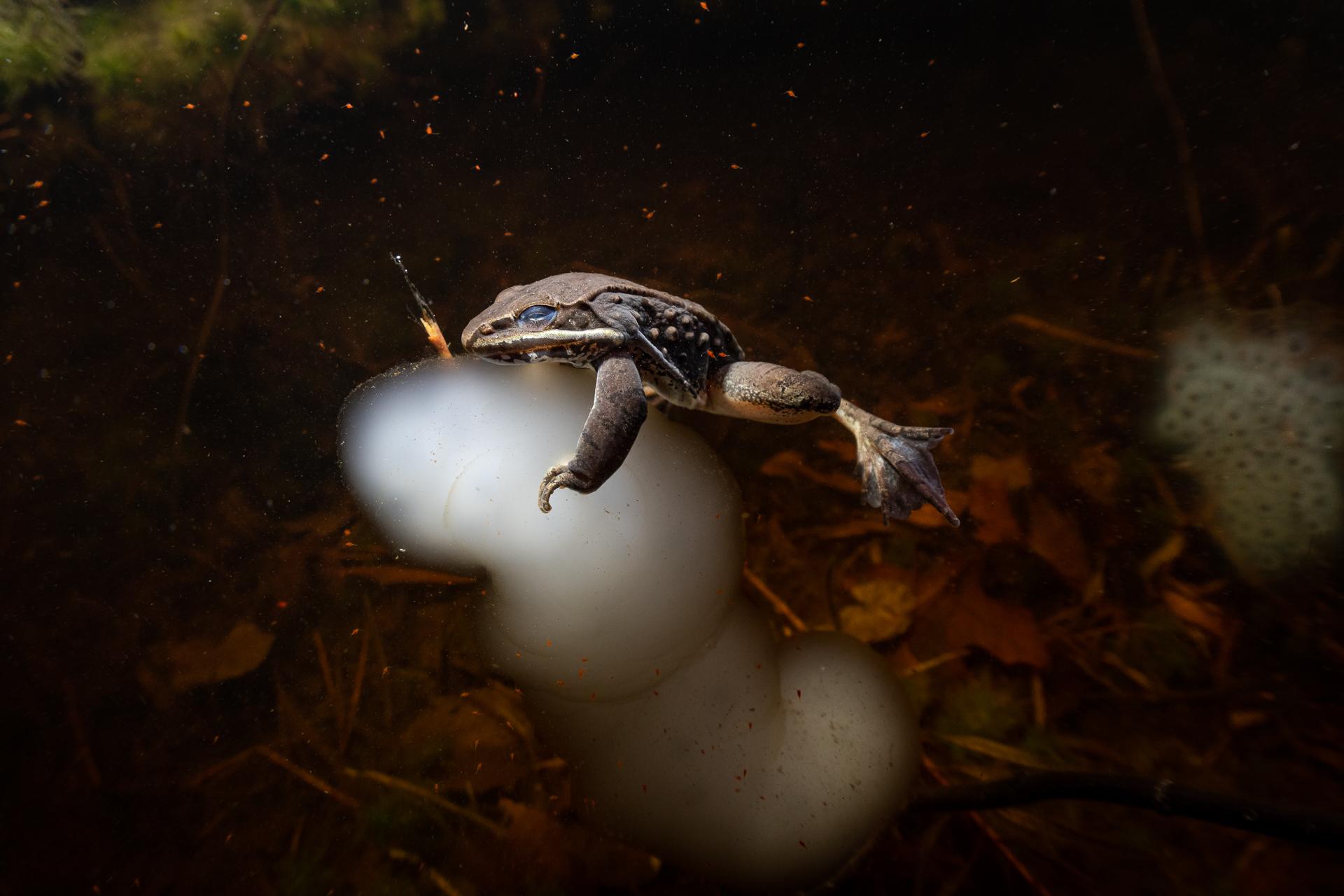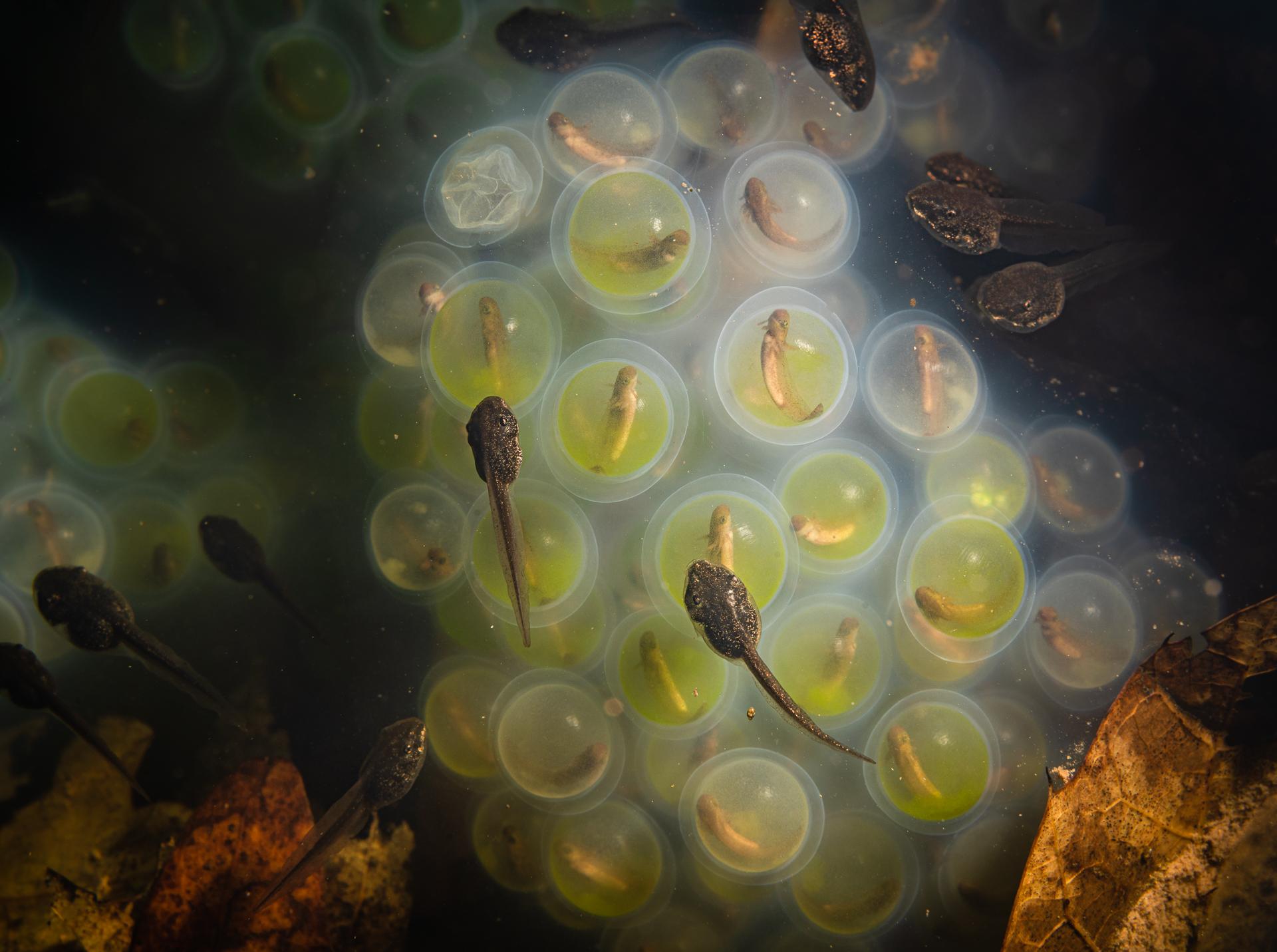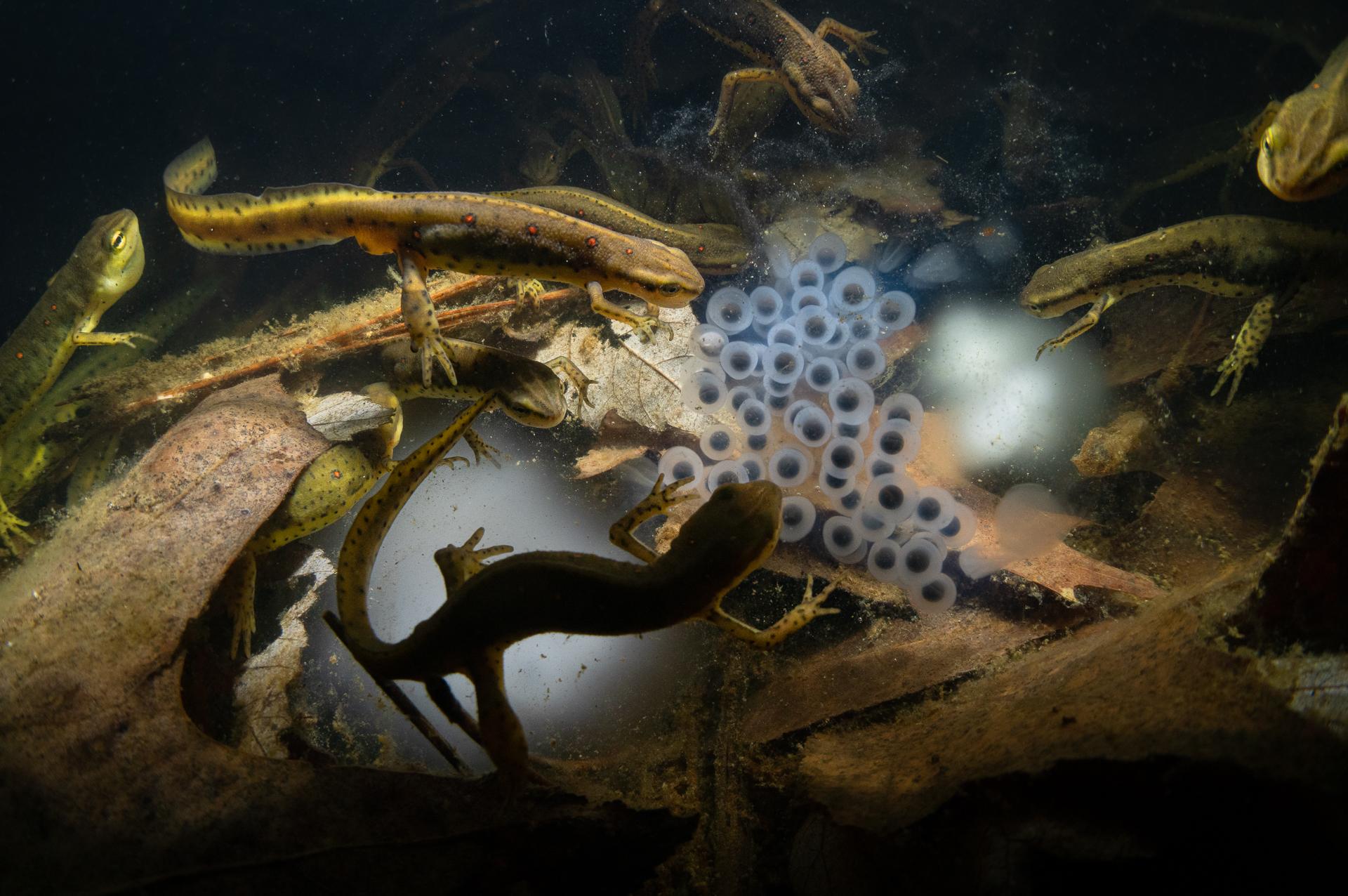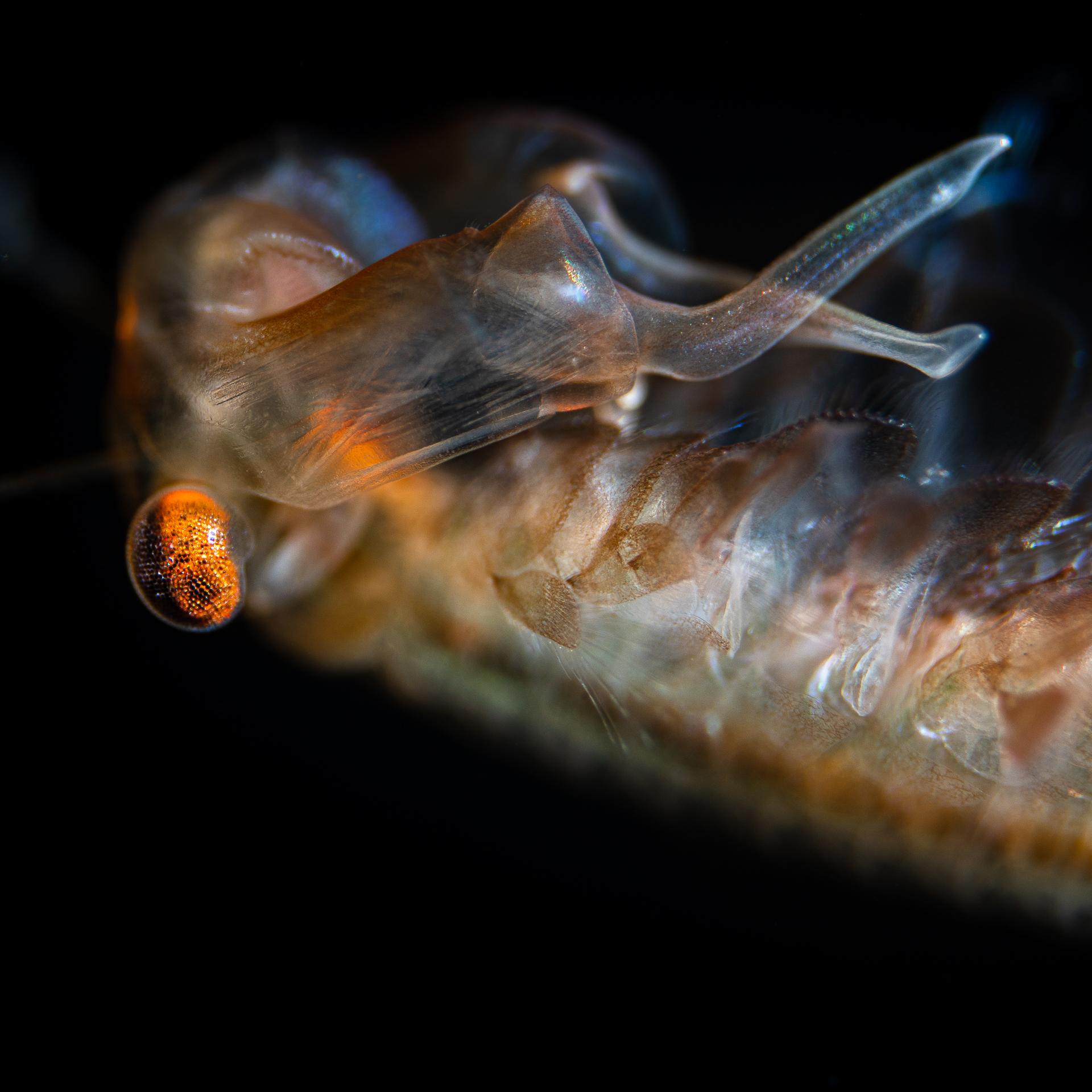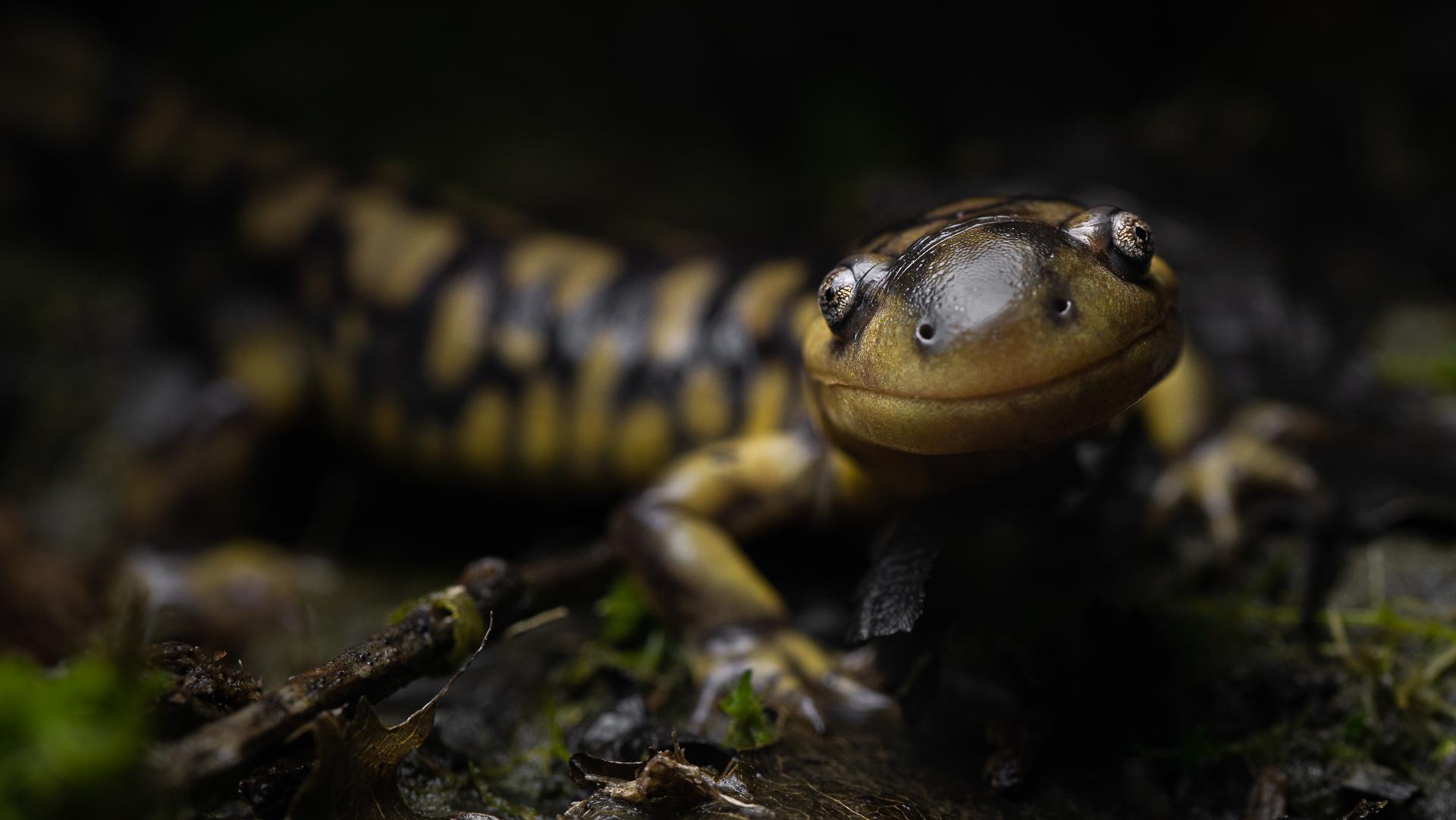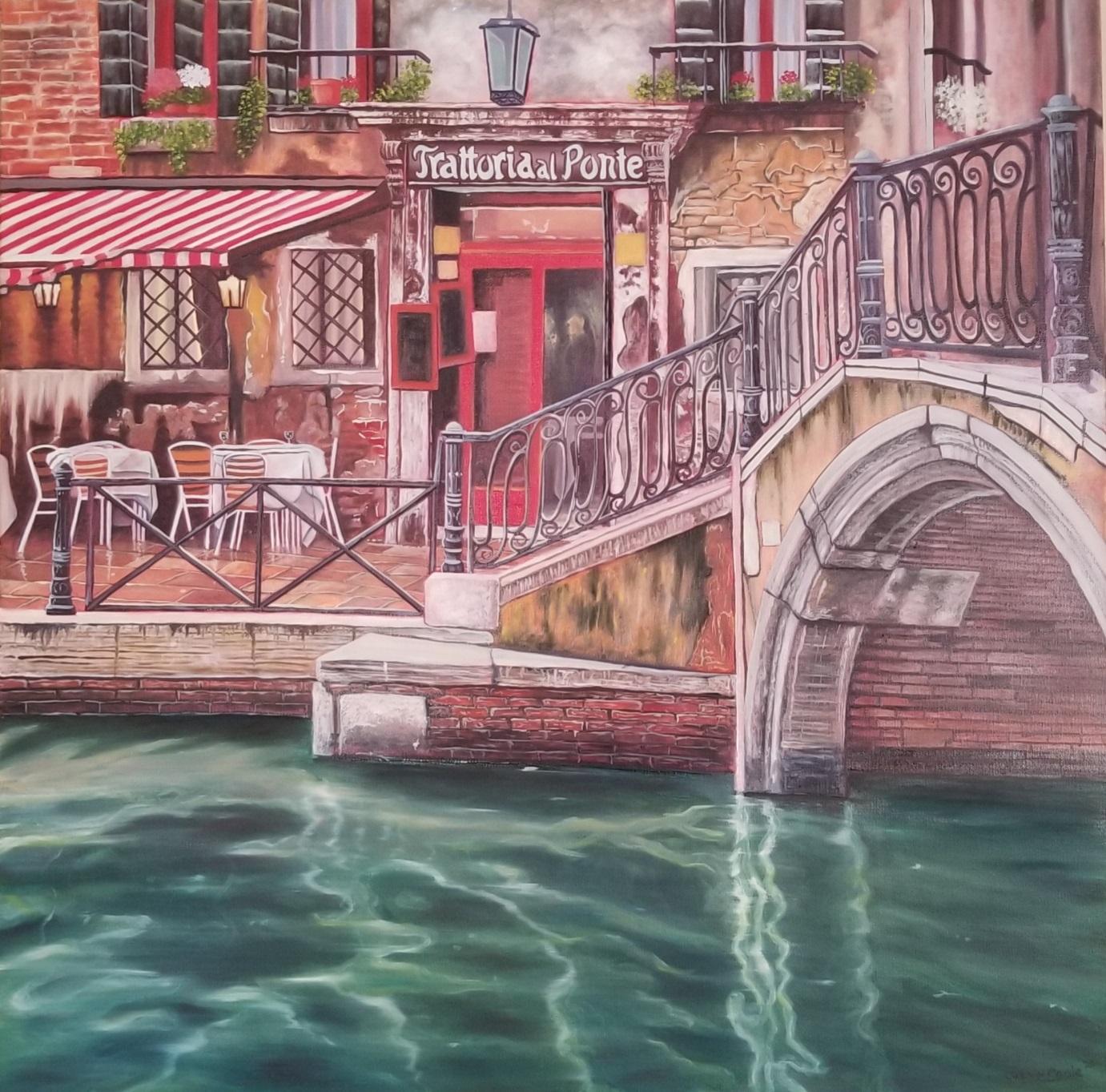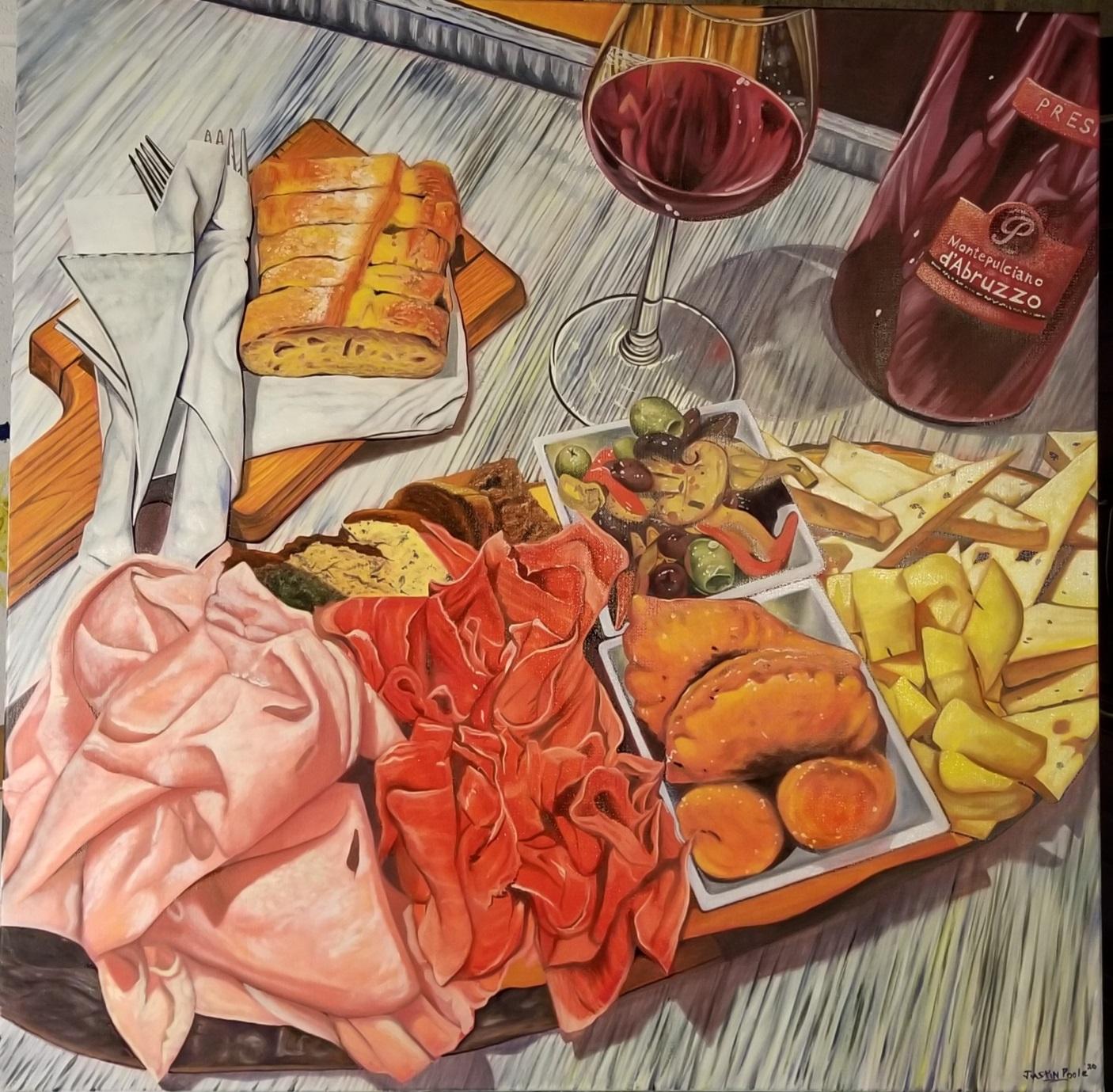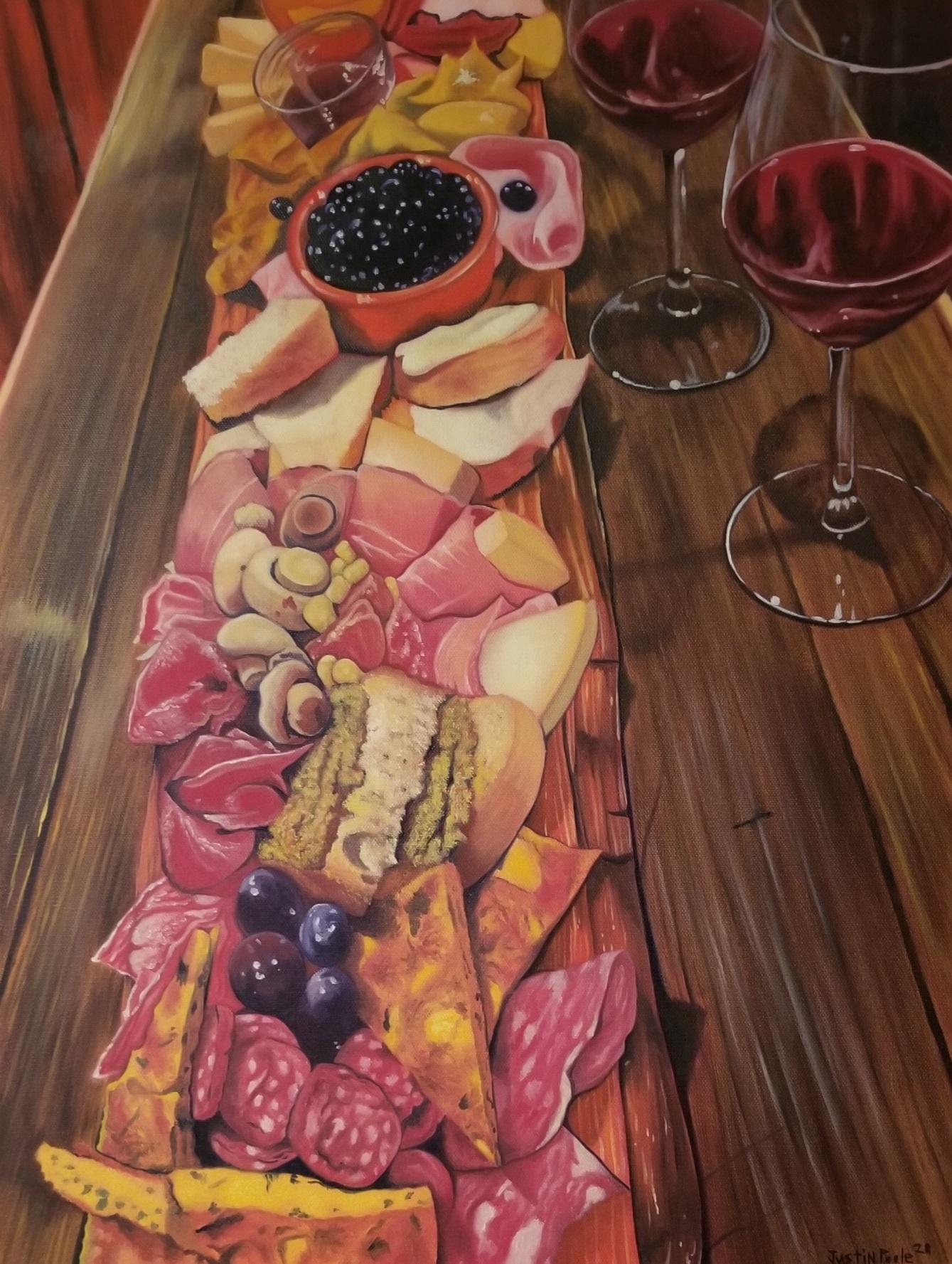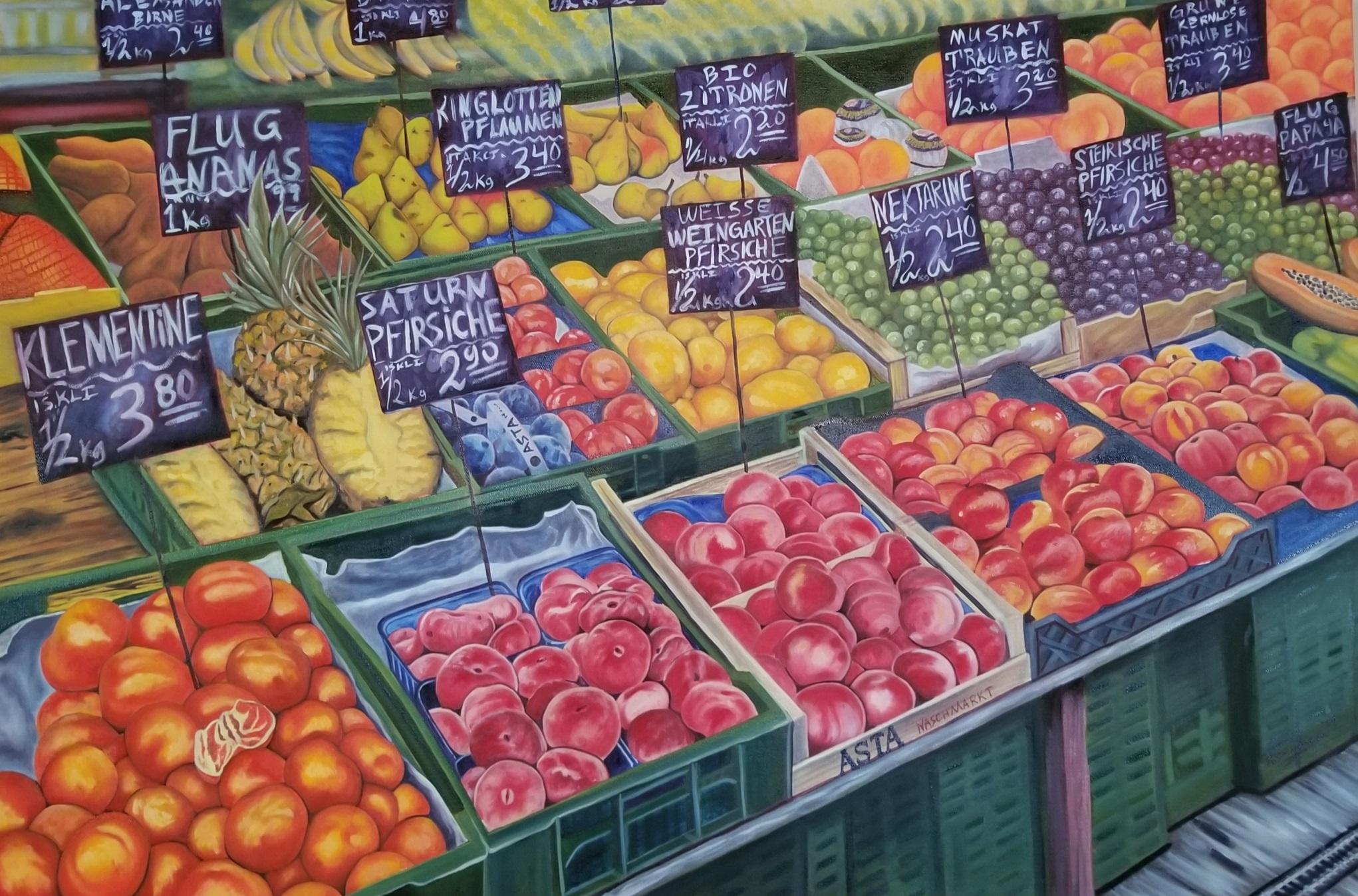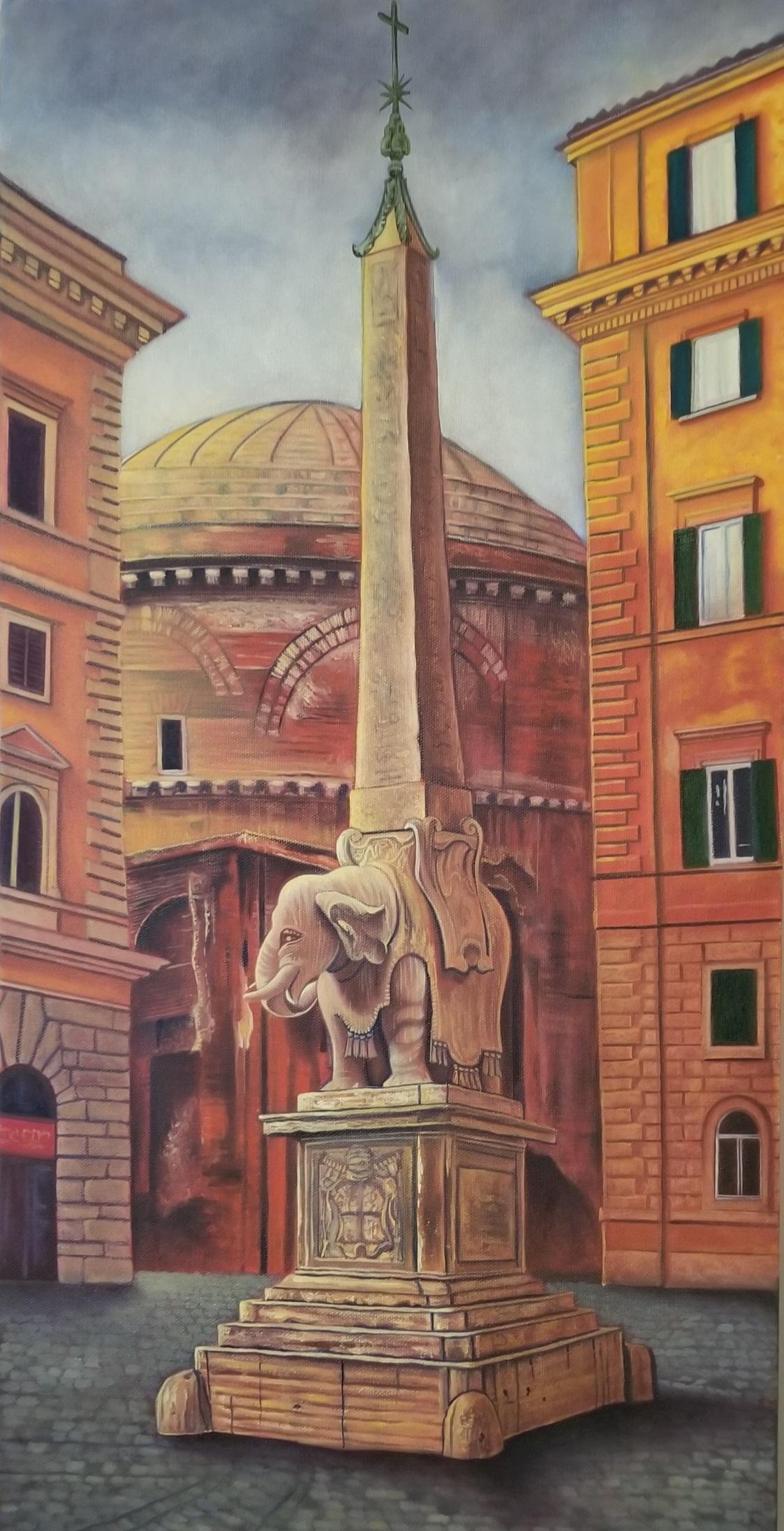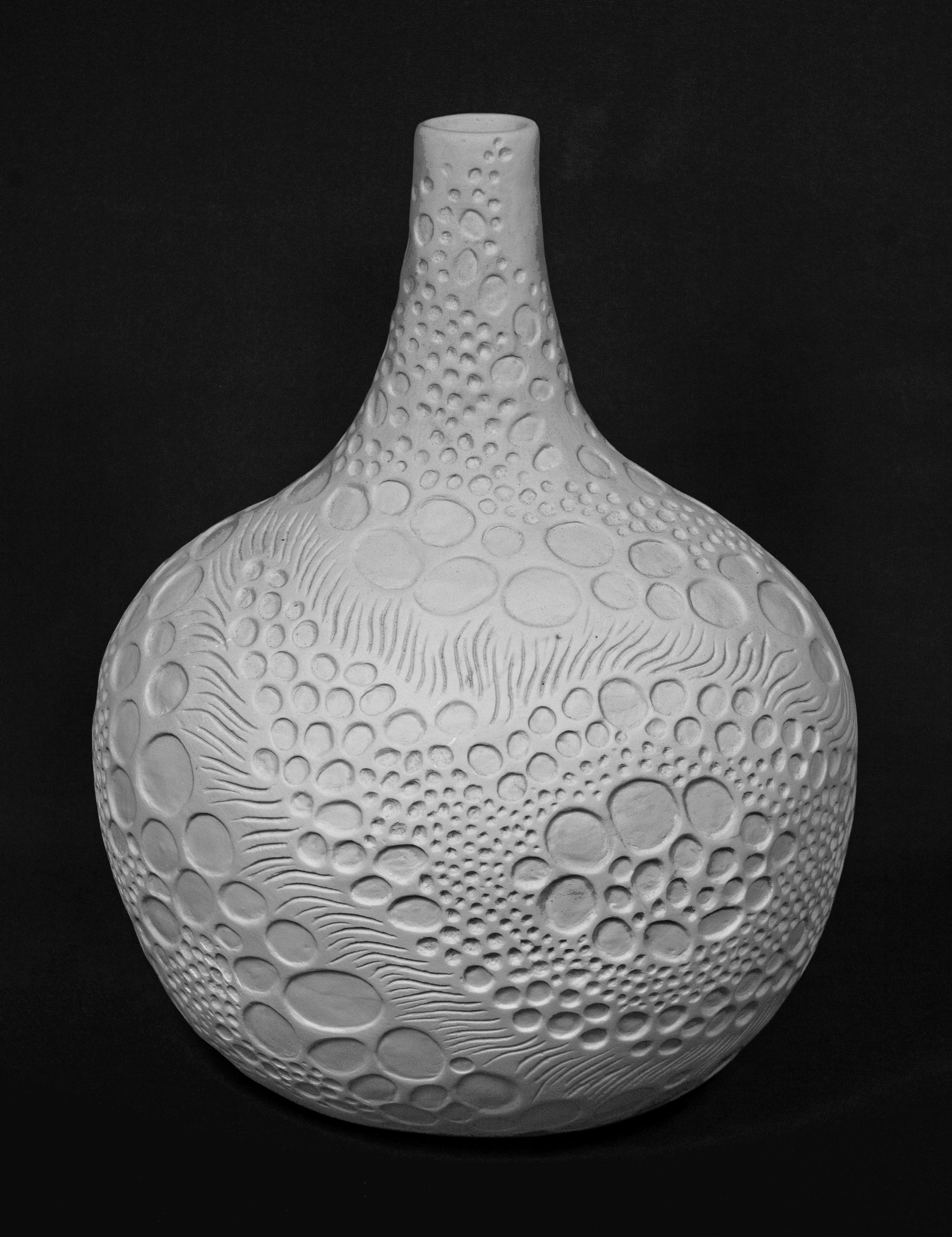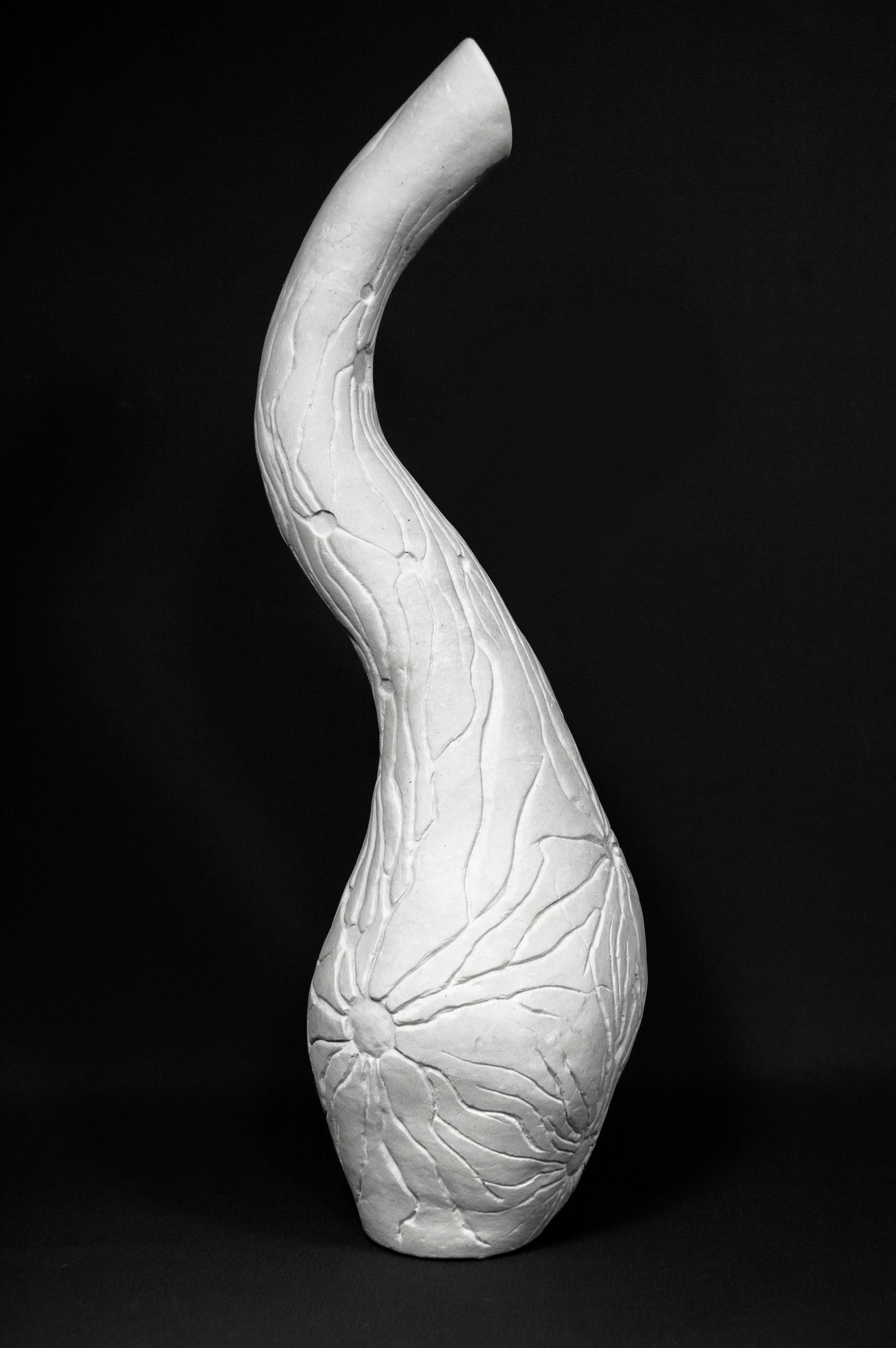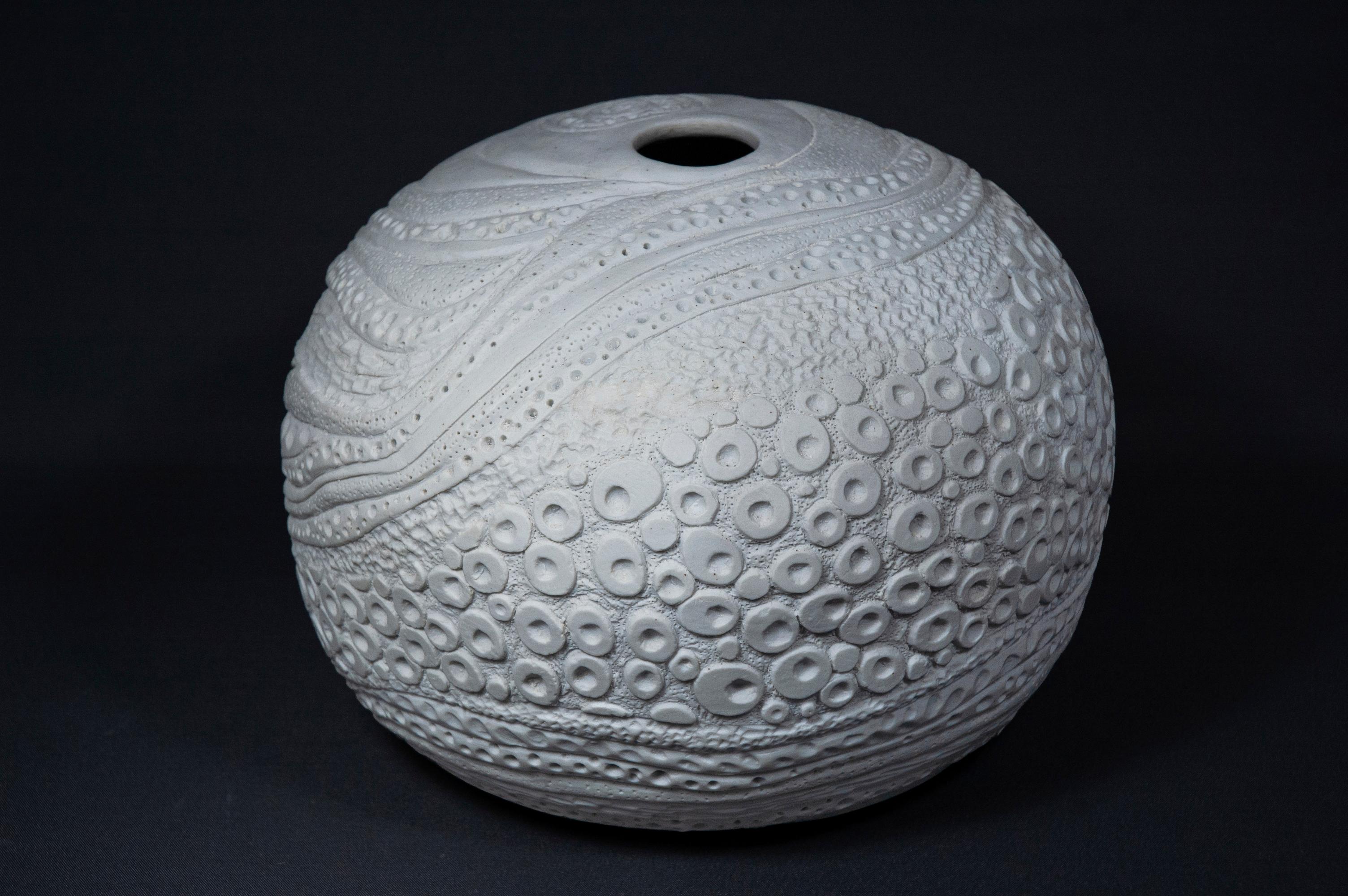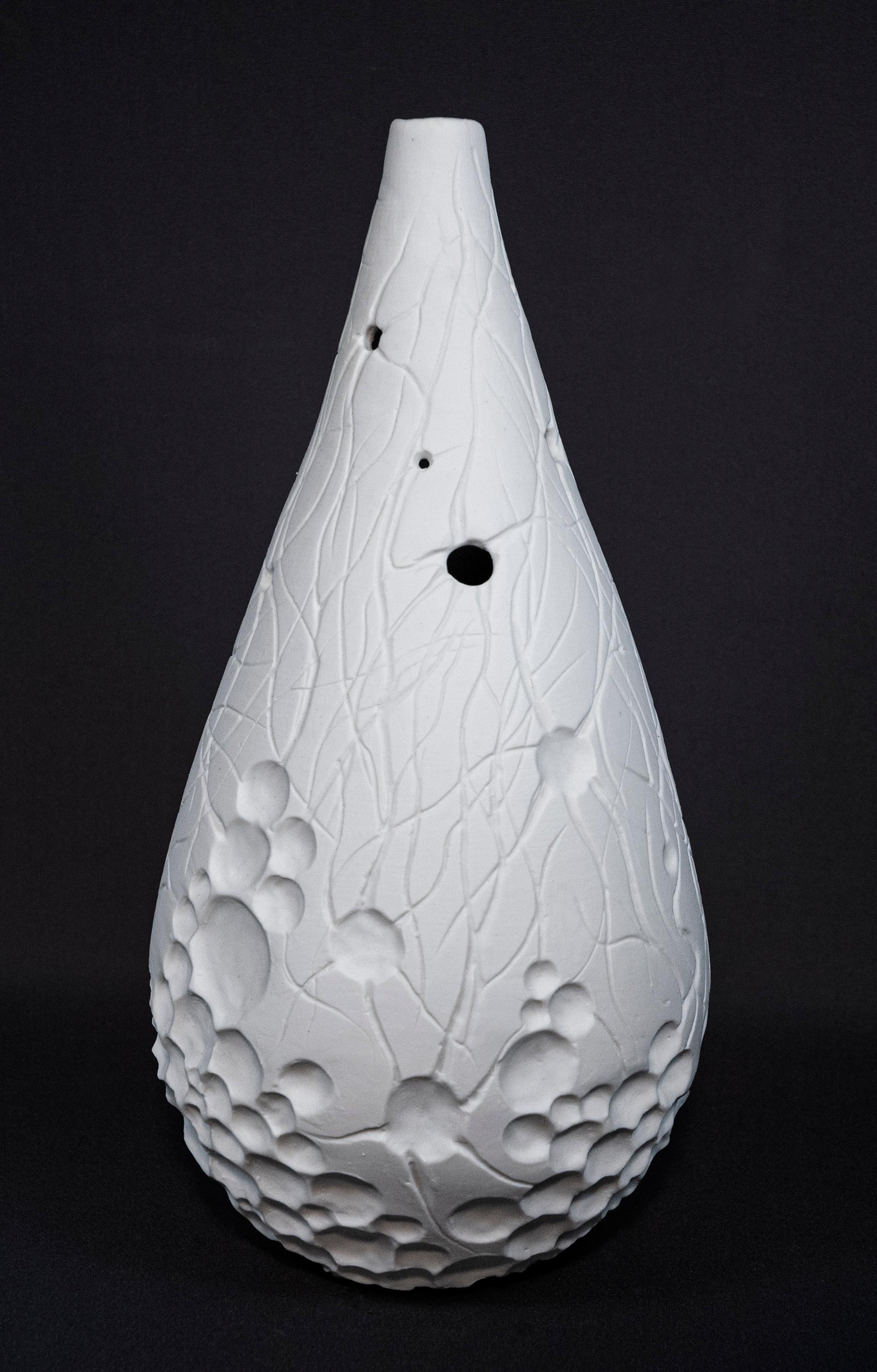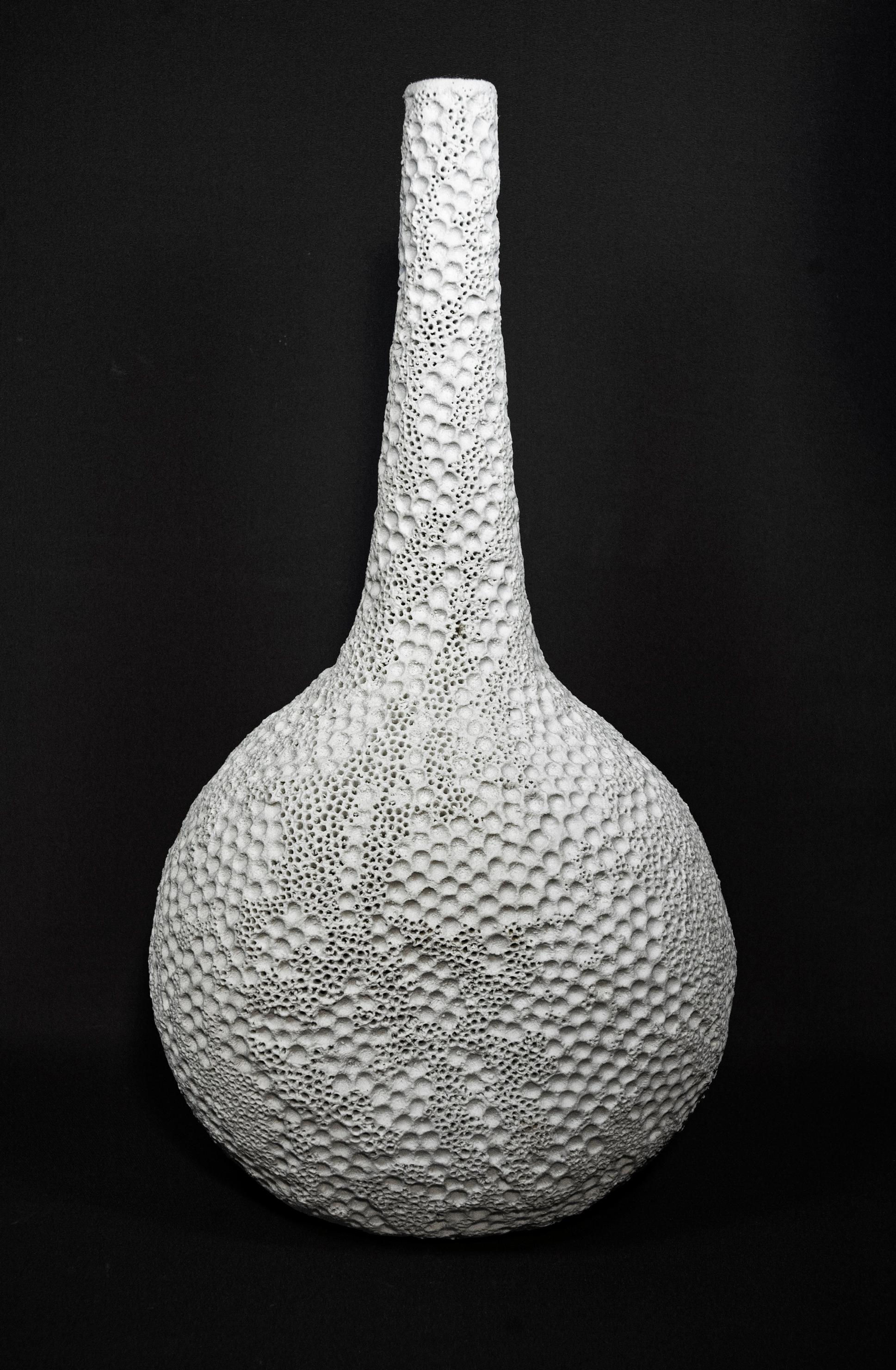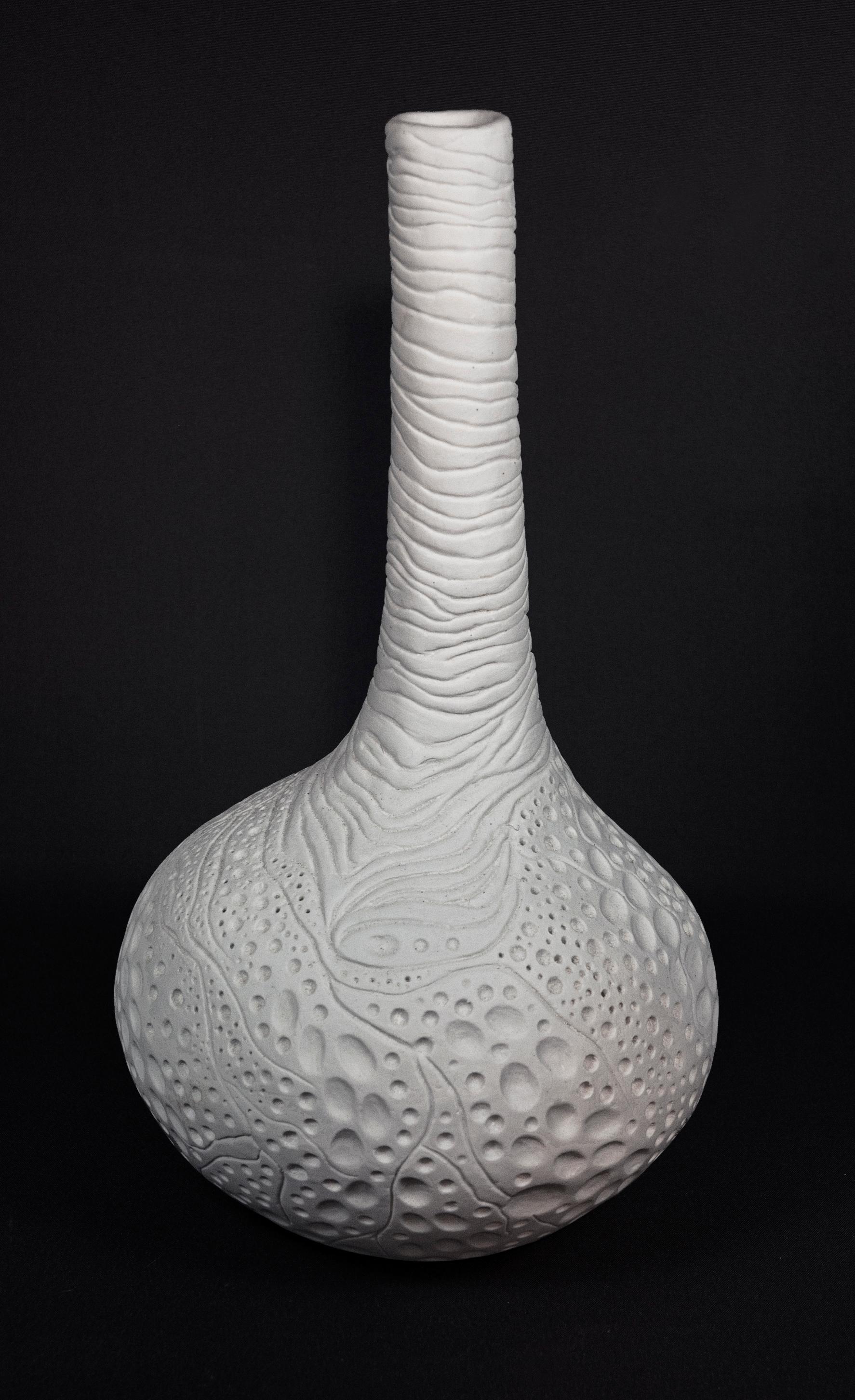EMU Faculty Exhibition- Fall 2020
This show was in the Margaret Gehman Gallery from Sept 18 - Oct 9, 2020.
To view the images in a larger format, click on the thumbnails below.
Cyndi Gusler Jerry Holsopple Steve Johnson Justin Poole Anna Westfall
Cyndi Gusler - Liminal
"...between the familiar and the completely unknown. There alone is our old world left behind, while we are not yet sure of the new existence. That's a good space where genuine newness can begin. Get there often and stay as long as you can by whatever means possible.... This is the sacred space where the old world is able to fall apart, and a bigger world is revealed. If we don't encounter liminal space in our lives, we start idealizing normalcy." -Richart Rohr, Franciscan friar
There is magic in the way light sparks the surface of water. Two life forces dancing. It's enough to lift away the weight of all the daily stressors in my life and awaken me. It is the search for that magic that pulls me out to stream-side trails, sandy beaches, and gravel roads that travel though Virginia farmland. There is no digital interface, no waiting emails, no to-do list. They no longer exist. Now there is the need to breathe deeply, to look and immerse.
Jerry Holsopple - Vibrance and Silence
Media: Photography, Color and Infrared
Monuments give space to reflect, remember and consider the course of life. They are never separate from a context and rarely devoid of a deeper emotional connection. In Klaipeda Lithuania you find a grouping of monuments to the Soviet soldiers who defeated the German Fascists at the end of World War II. Or is the story about the occupation of Lithuania by the triumphant Soviet military. If you walk by on May 9, you will observe crowds, speakers and mounds of flowers placed above the long row of names. Yes these are local, many with Russian heritage, Lithuanians celebrating this victory. It is the names of their parents and grandparents on this wall. If you pay attention though, you will notice there are several elderly people who are being given flowers by the young. These are the few remaining participants in the events of those times, and they are honored here every year.
You leave this pageantry and color behind as you walk several blocks down S. Daukanto Gatve arriving at another monument, one that reflects the trauma of the Soviet occupation, a remembrance of the hundreds of thousands of Lithuanians who were deported to Siberia, many after being tortured by the NKDV. Some returned home after the death of Stalin, many did not. The silence here mirrors the way families only told this story in the privacy of their home, who were forced to ignore this history if they wanted to survive the brutality of the Soviet machine. This is not the story of victory and honor, but of lives stripped of dignity, tortured, abused and pulled from relationships. These are the stories of the iron grip attempting to twist these souls into obedient servants in the Soviet system.
Together they remind us that whoever controls the story (for fifty years), and whoever invests the money in monuments gets to tell their story in living color. Fortunately these two monuments are only blocks away from the monument celebrating the freedom movement that brought independence to Lithuania in 1991. If I had space on the wall I would walk you by the empty square, where the Lenin statue used to stand, or to the Jewish synagogue, where only fragments of stones, from the cemetery the Nazis destroyed, are incorporated into a wall surrounding the courtyard. These monuments (the Lenin is now in a park with many other removed Soviet statues) contribute to this complex story that I have been trying to understand from the time I took my first walk down these streets.
Steven David Johnson - Life in Vernal Pools
Often overlooked because of their small size and nocturnal nature, vernal pool animals have complex lifecycles that involve an aquatic element. From the abstract patterns of salamander egg masses to the golden filigree of a wood frog tadpole, there’s a tiny world of beauty and complexity that deserves notice and protection.
Documenting vernal pool life cycles is like a spiral. The same events happen every year in roughly the same order, but every year of observation adds complexity, depth and new discoveries about behavior. One year’s work might focus on hatching eggs while another year’s work might concentrate on metamorphosis. It’s a dramatic cycle that takes place on a minute scale.
While spending hours crouched beside the pools, peering through the viewfinder of my underwater camera, I enter a state of flow, where time dissolves and even my sense of scale is fluid. It can feel startling to stand up and once again take on the dimensions and chronological awareness of a Homo sapien.
I’ve been documenting vernal pools since 2012, but my 2020 EMU sabbatical gave me the opportunity to go deeper, witnessing events like tiger salamander migrations and spotted salamander egg-laying that require revisiting field sites on multiple nights throughout the winter and spring.
View "Ephemeral - Life in Appalachian Vernal Pools" a video by Steven David Johnson.
Justin Poole
Many of my paintings function as a visual diary of my experiences traveling.
For each painting, I usually use a photo or a variety of photos as references. I often omit certain objects and add or highlight others, while embellishing the colors and allowing my own romanticised notions of the locations to shine through. Some of the works are cityscapes of places in Europe and Morocco, which avid travelers might readily recognize. Yet others are of more intimate, or out of the way places. Oftentimes, the different tastes and smells of a location come to define it in my mind; therefore, my work also features still lifes.
My travels inevitably lead me to world-class art galleries; consequently, the subjects, color schemes, and techniques of my paintings may consciously or unconsciously borrow from the works of the artistic giants whom I have come to admire. Trying to mimic master painters is a humbling and enlightening experience.
Each of these pictures has a story. For those who have traveled to the places represented here, I hope that this show evokes happy memories. For those who have not traveled extensively, I hope that this show sparks your interest and causes you to seek out adventures of your own.
The travel restrictions imposed by the pandemic have made the yearning for travel even more pronounced. Just three months before the pandemic I was traveling through Europe and Morocco with 26 EMU students and my family. The contrast between then and now is staggering. May we all be traveling again soon!
Anna Westfall - Scope
Scope is a series of sculptures used to explore ideas beyond our senses to reveal balance, order, and patterns that exist around us. Through scientific discoveries, we can venture outside of our perspective to glimpse a design previously obscured from the naked eye. The surfaces of the unglazed porcelain pieces originate from both microscopic and telescopic images. The surfaces reference structures of plants, pollen, landscapes on a moon, or neurons that mimic growth patterns of roots or coral.
Some pieces directly reference microscopic images, while others transform them to create patterns on the forms. They are distorted at times as well to investigate the relationship between the form and the images.
As I attempt to explore the order and connections found through science in my artwork, I recognize that the ever-changing scientific discoveries only highlight our limited scope. With each discovery, more questions arise. Through the questions and searching, I hope for continued growth. Although my exploration drives my artwork, ultimately, I hope to provide an opportunity for the viewer to experience the familiar with a new perspective.



